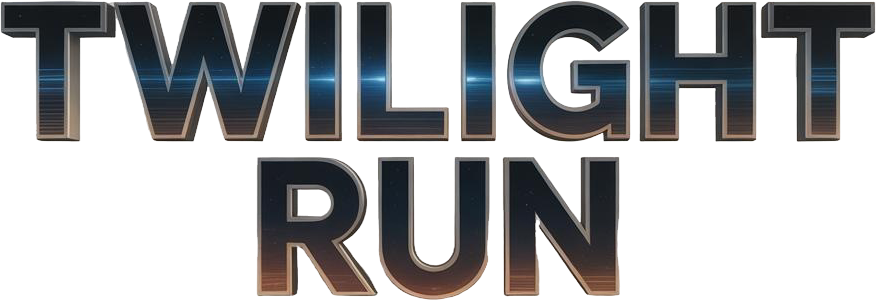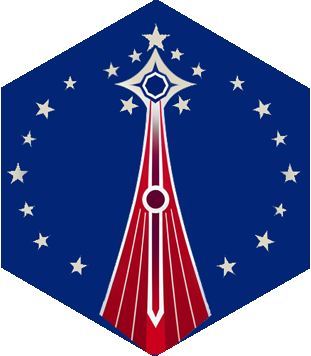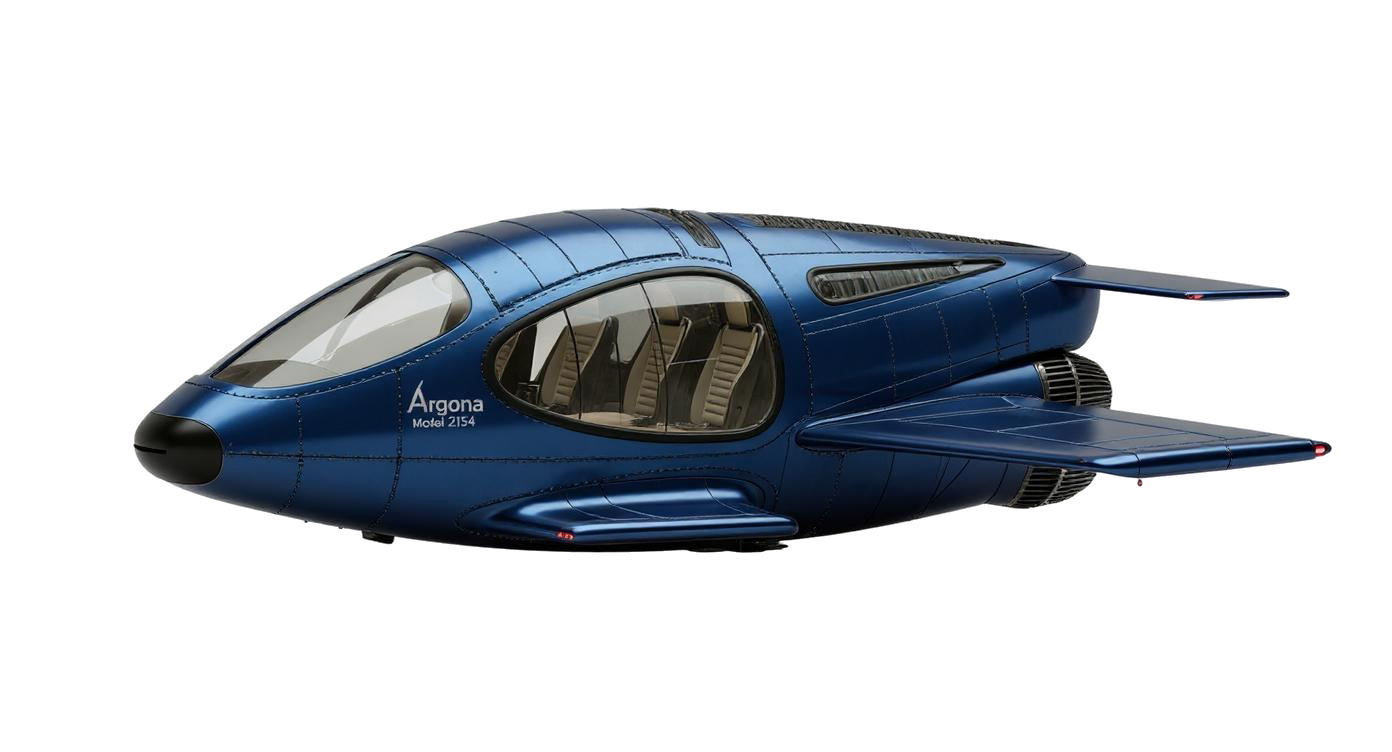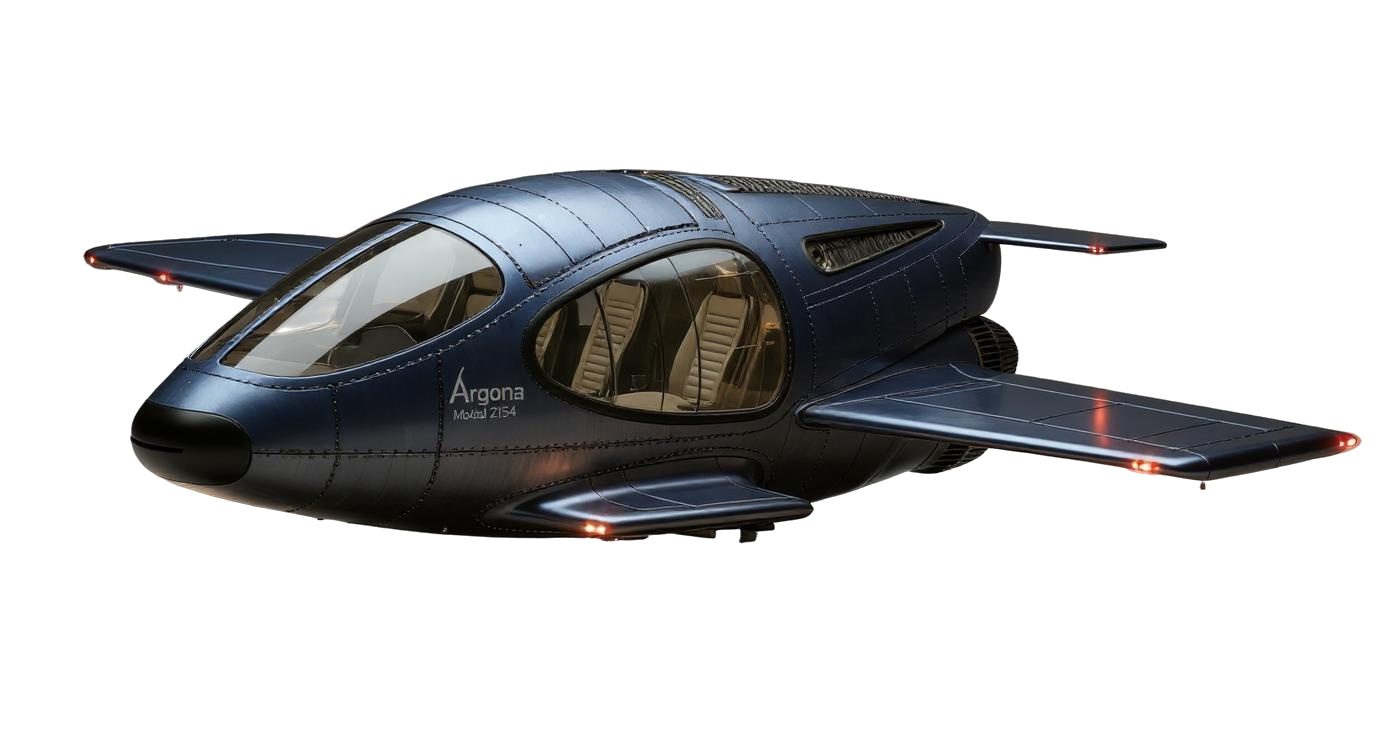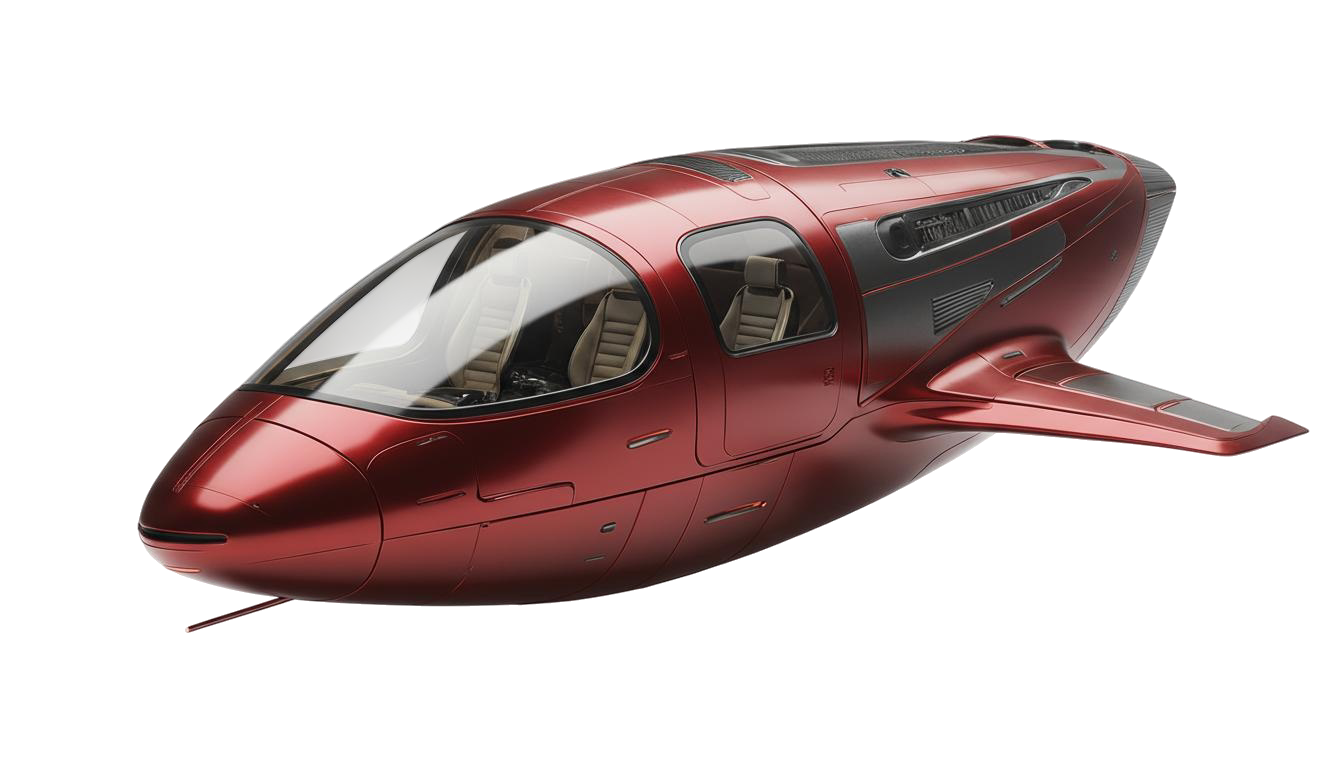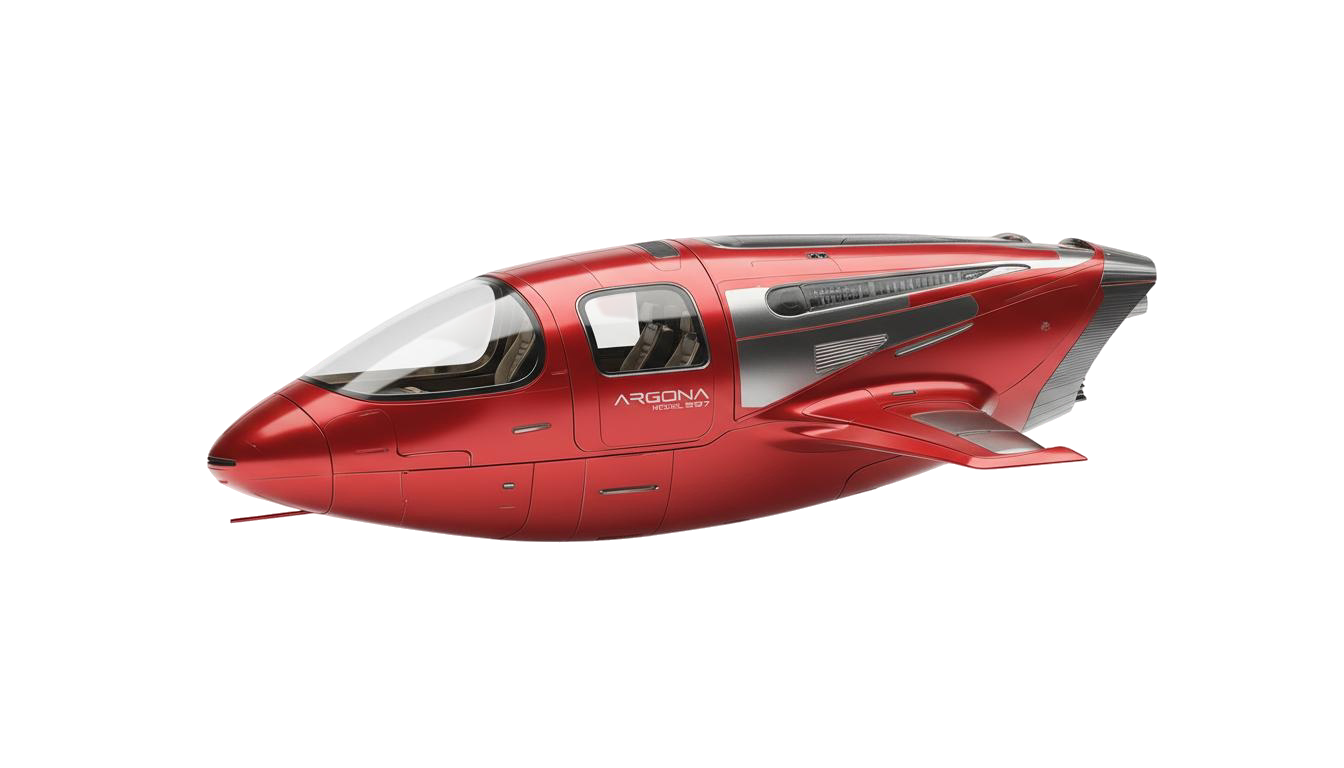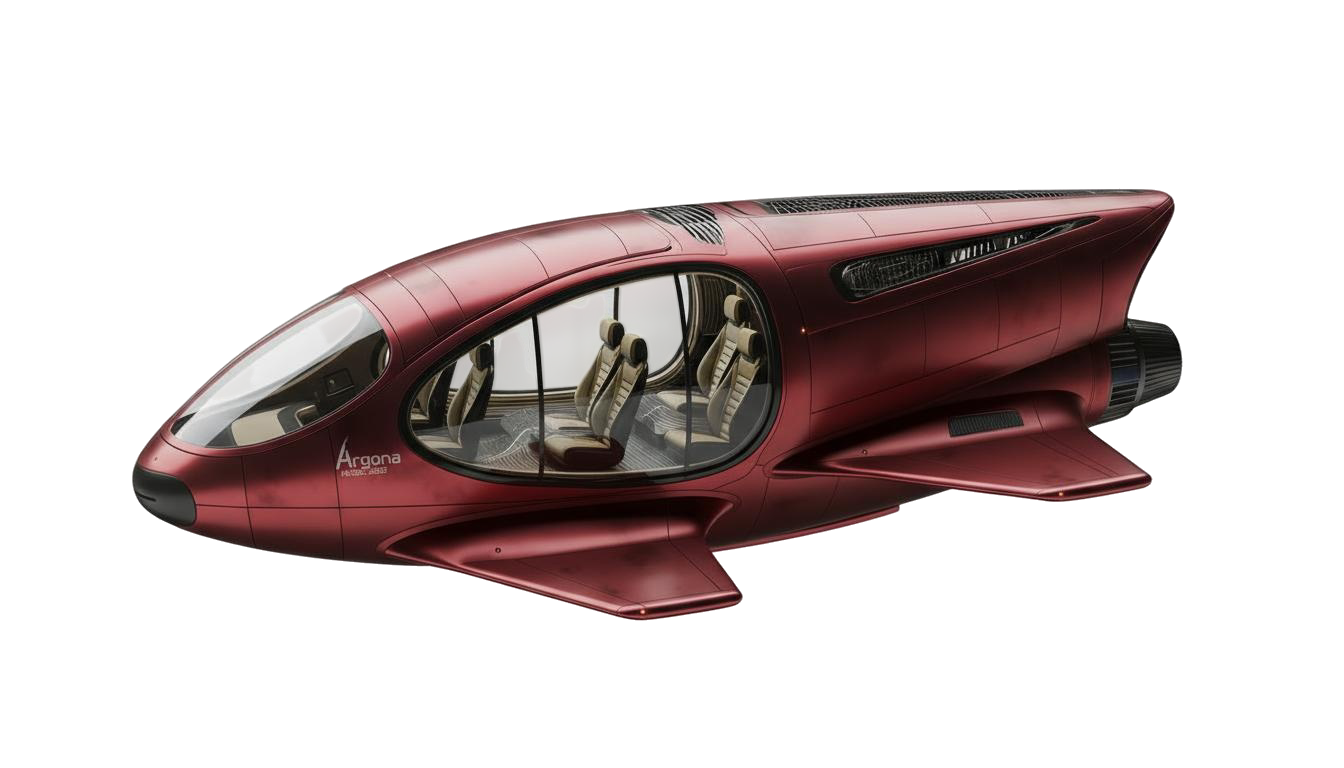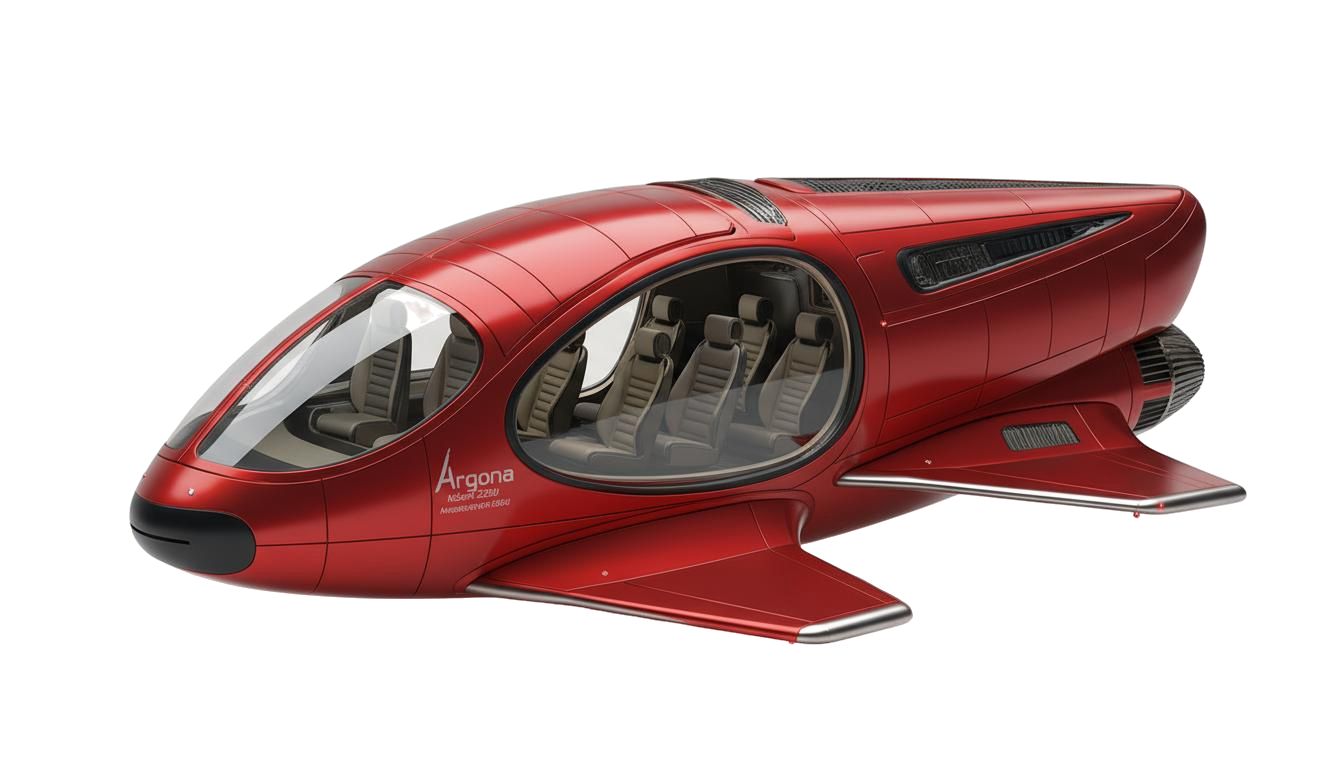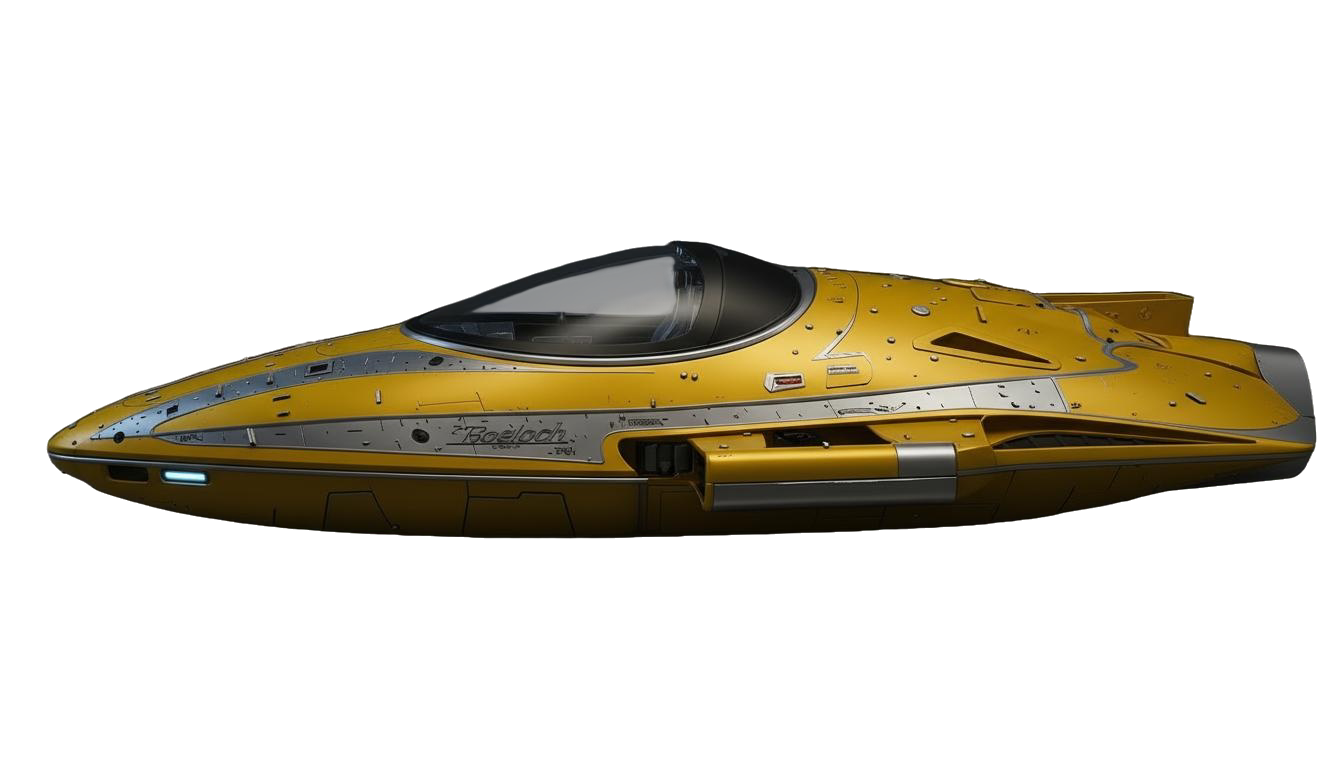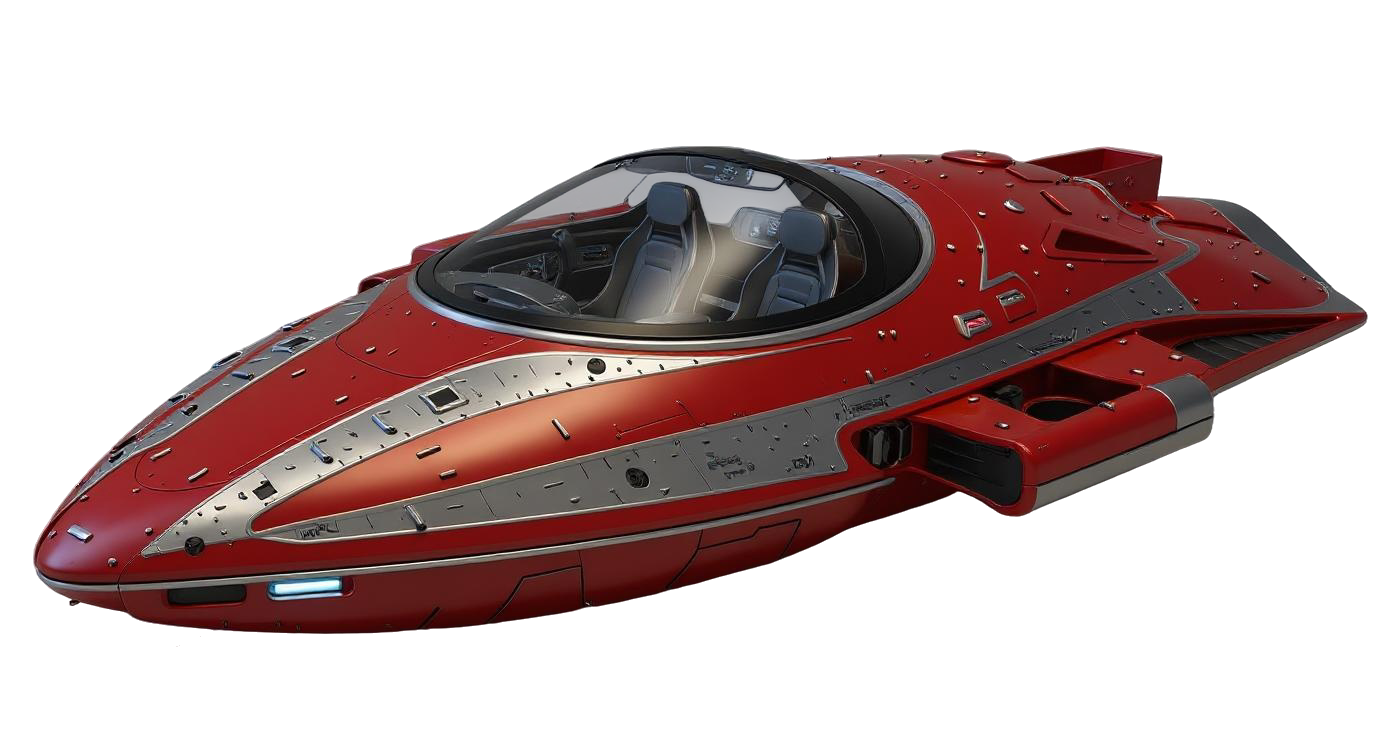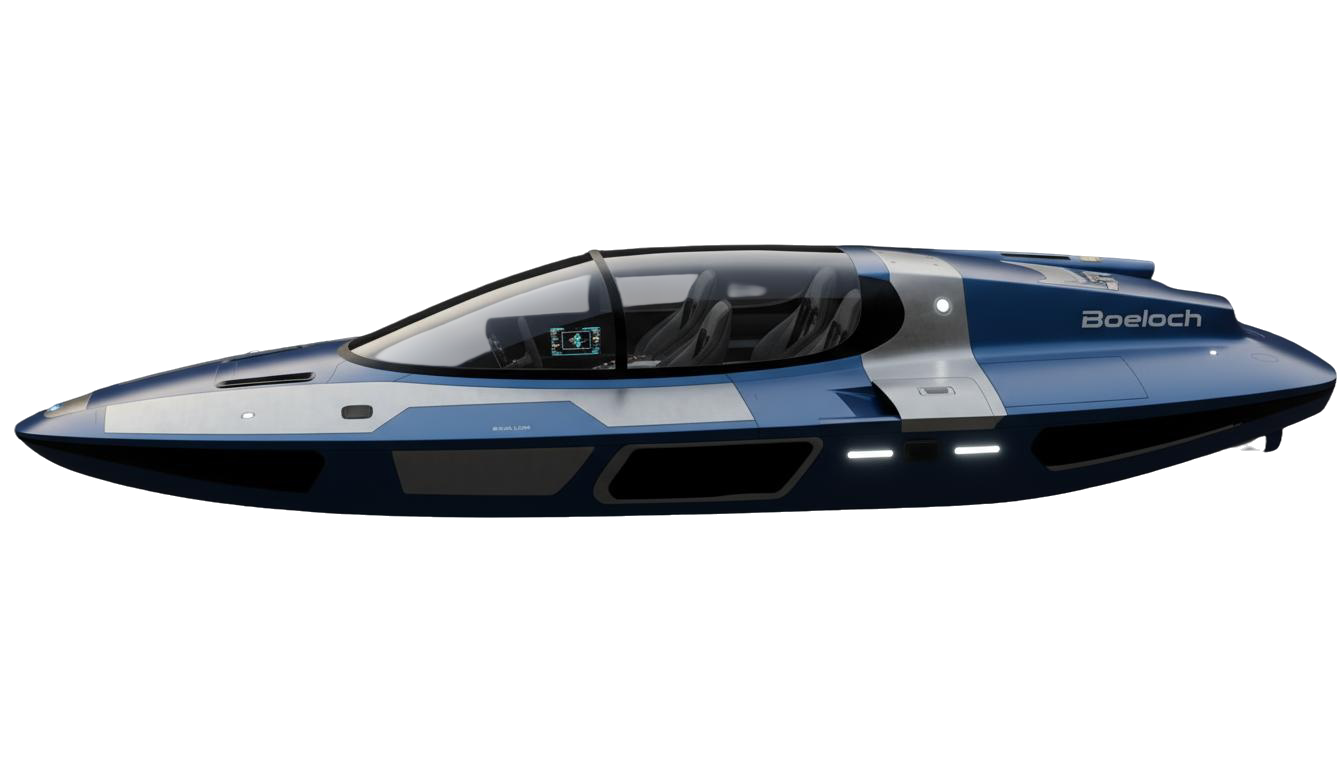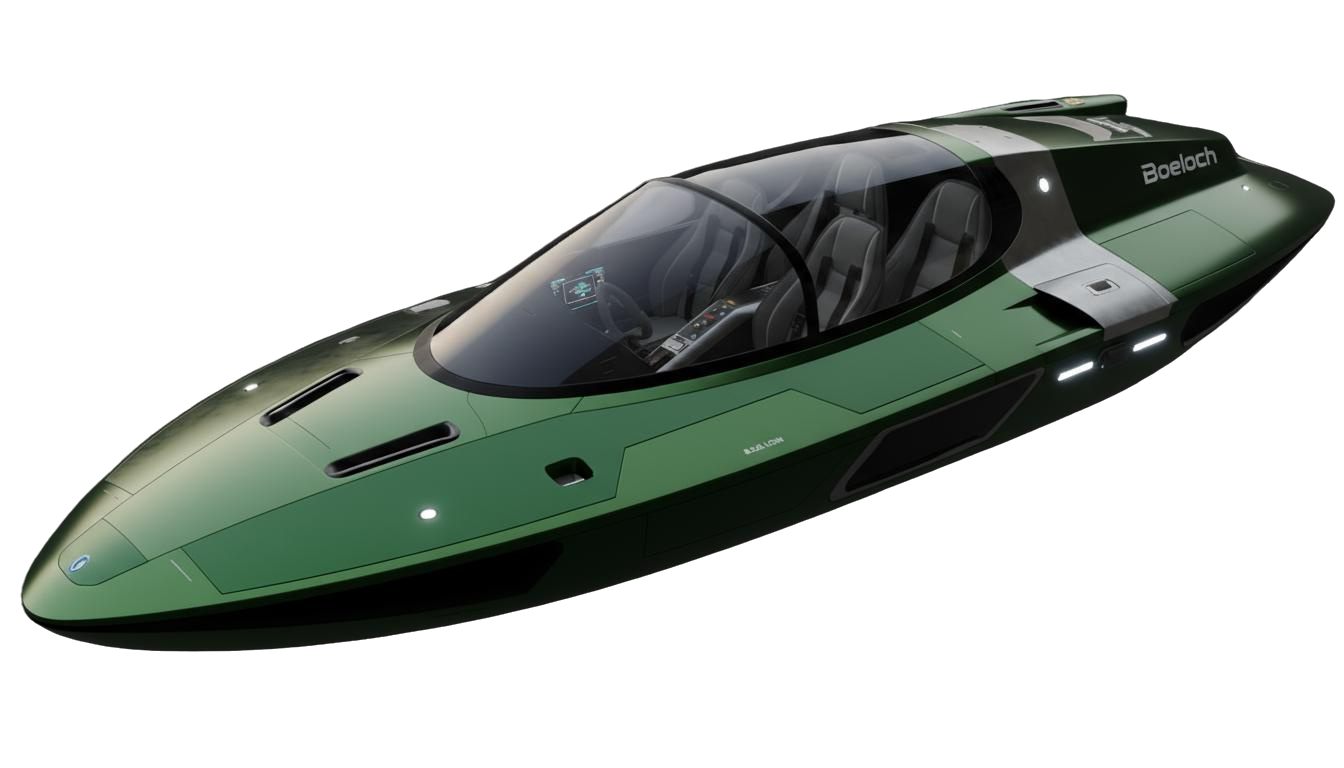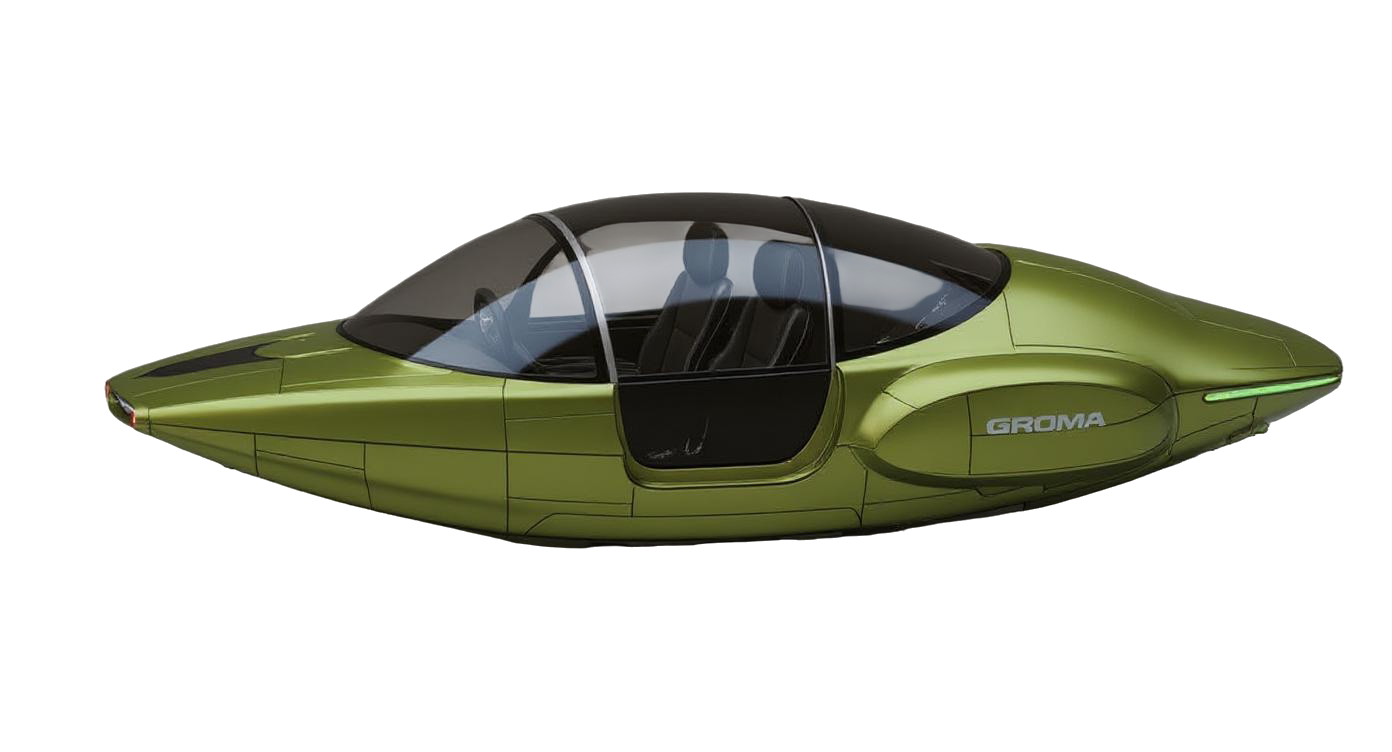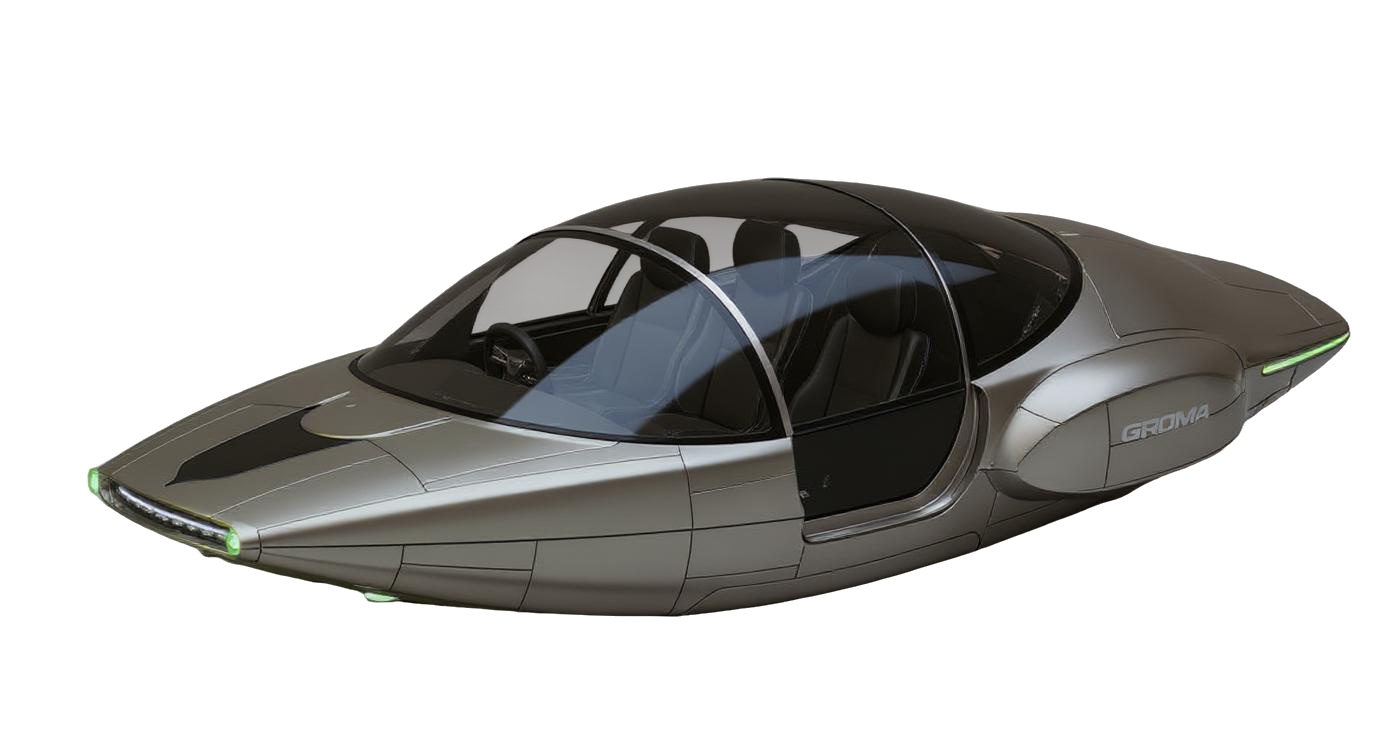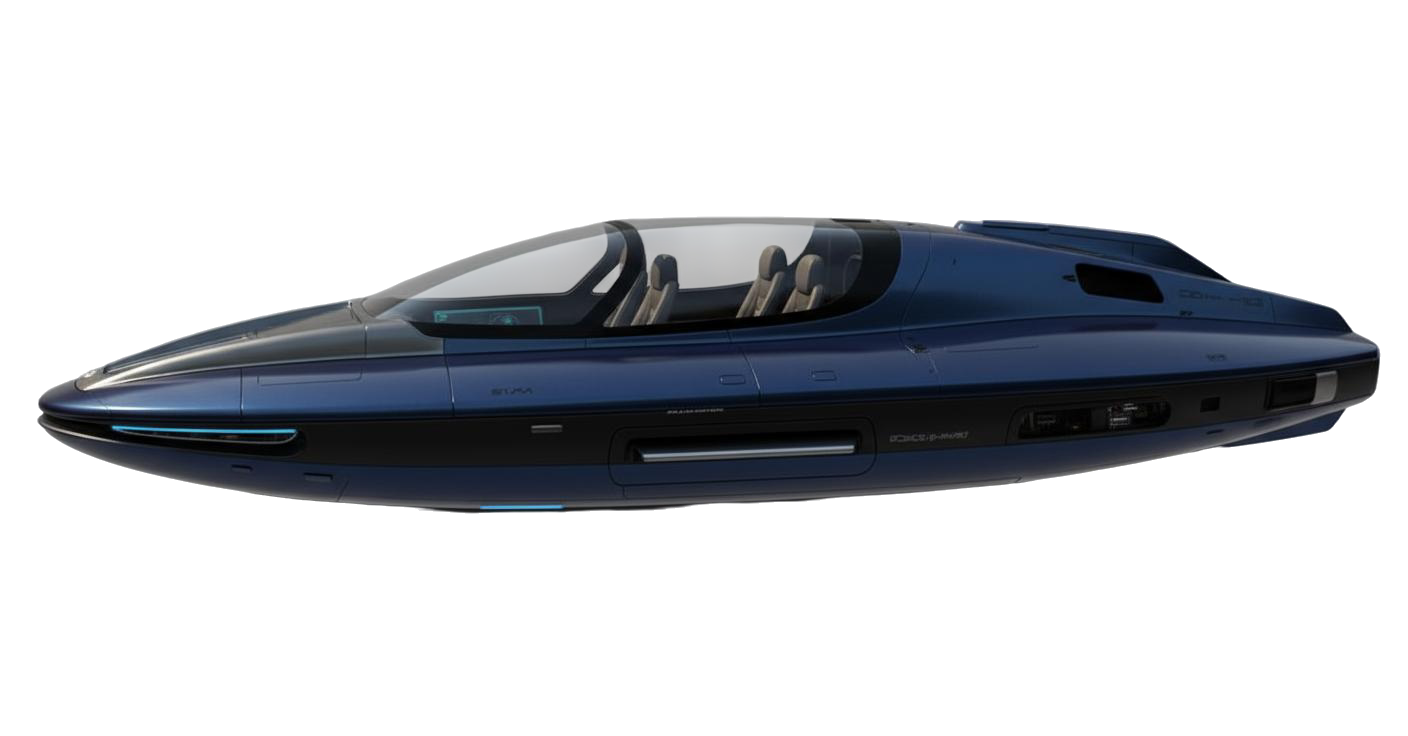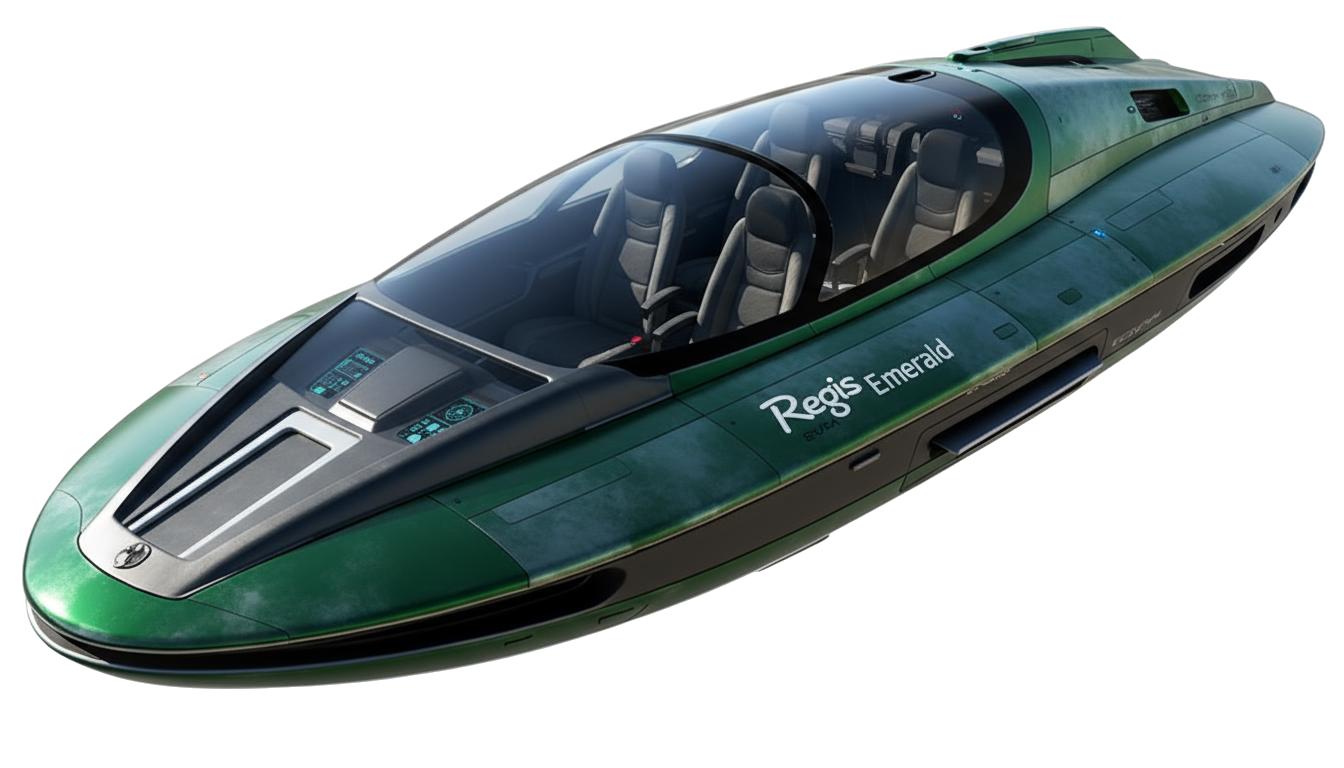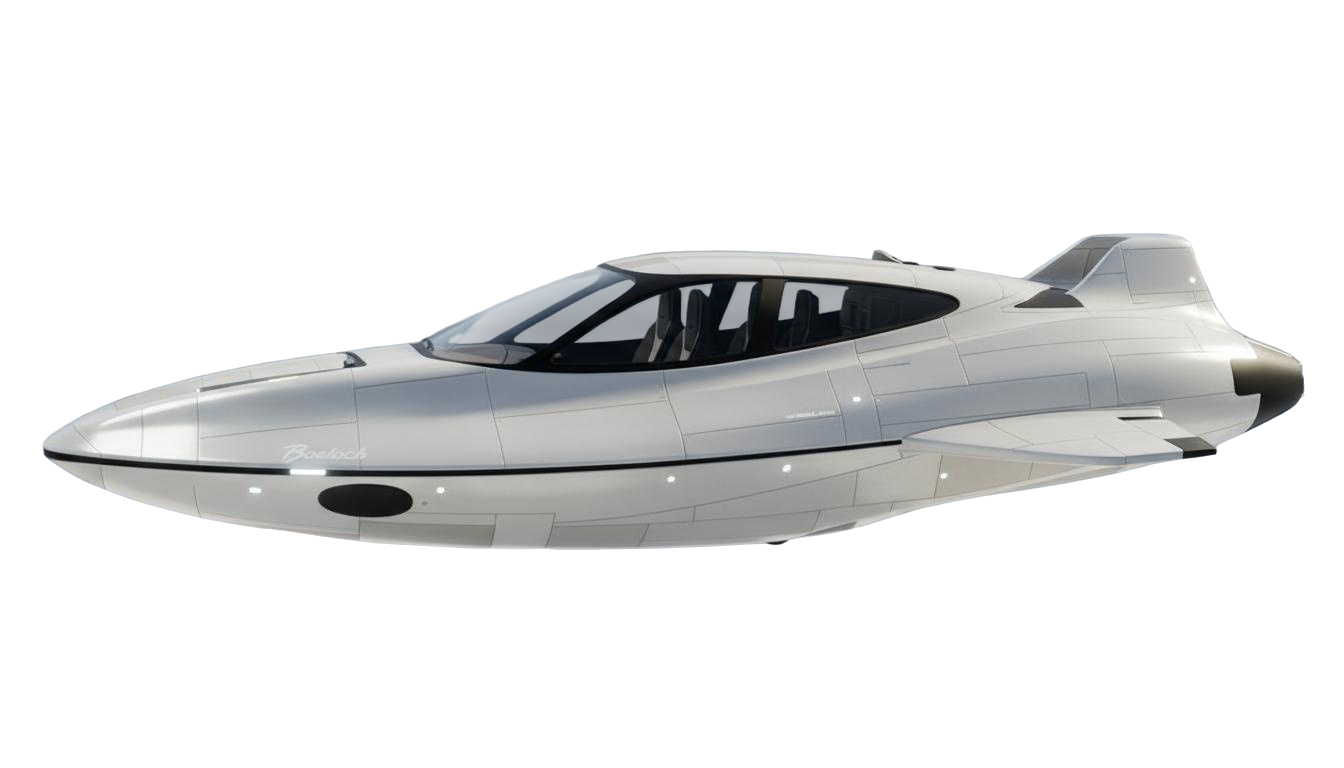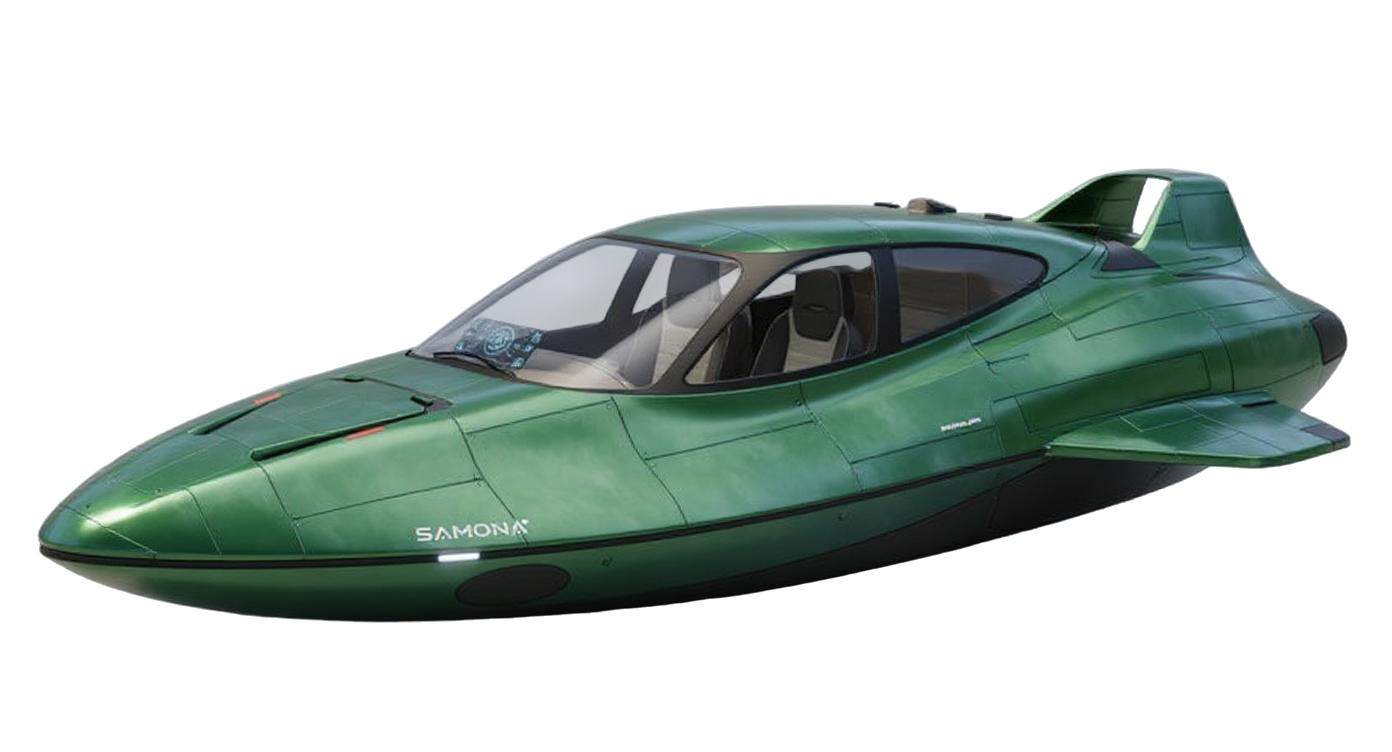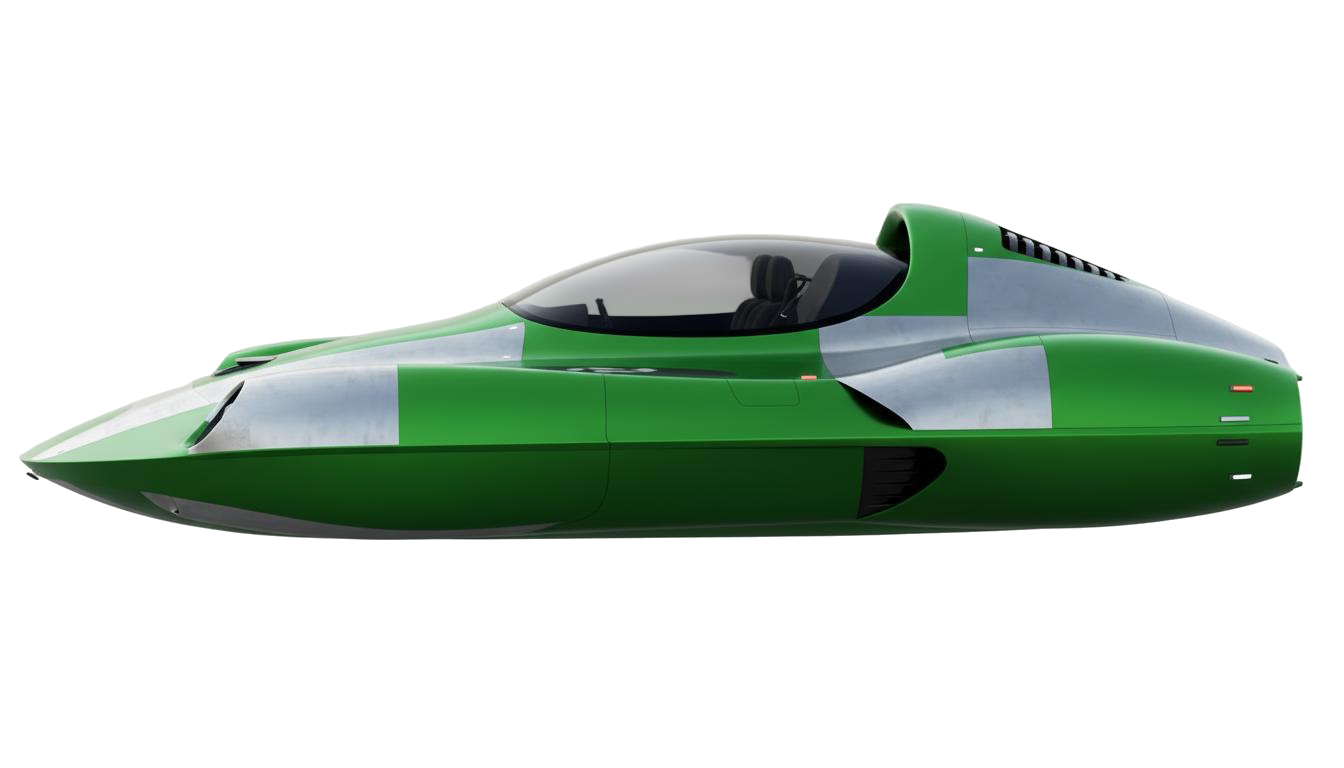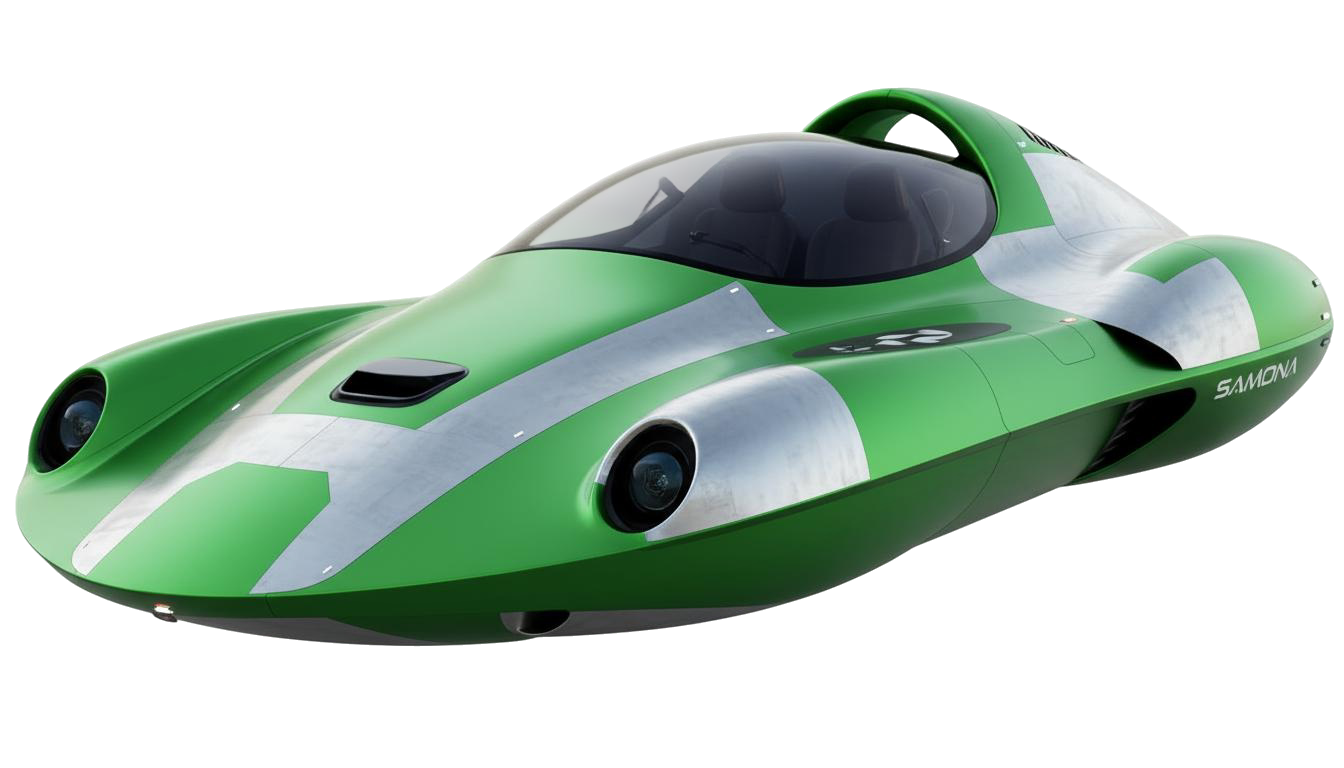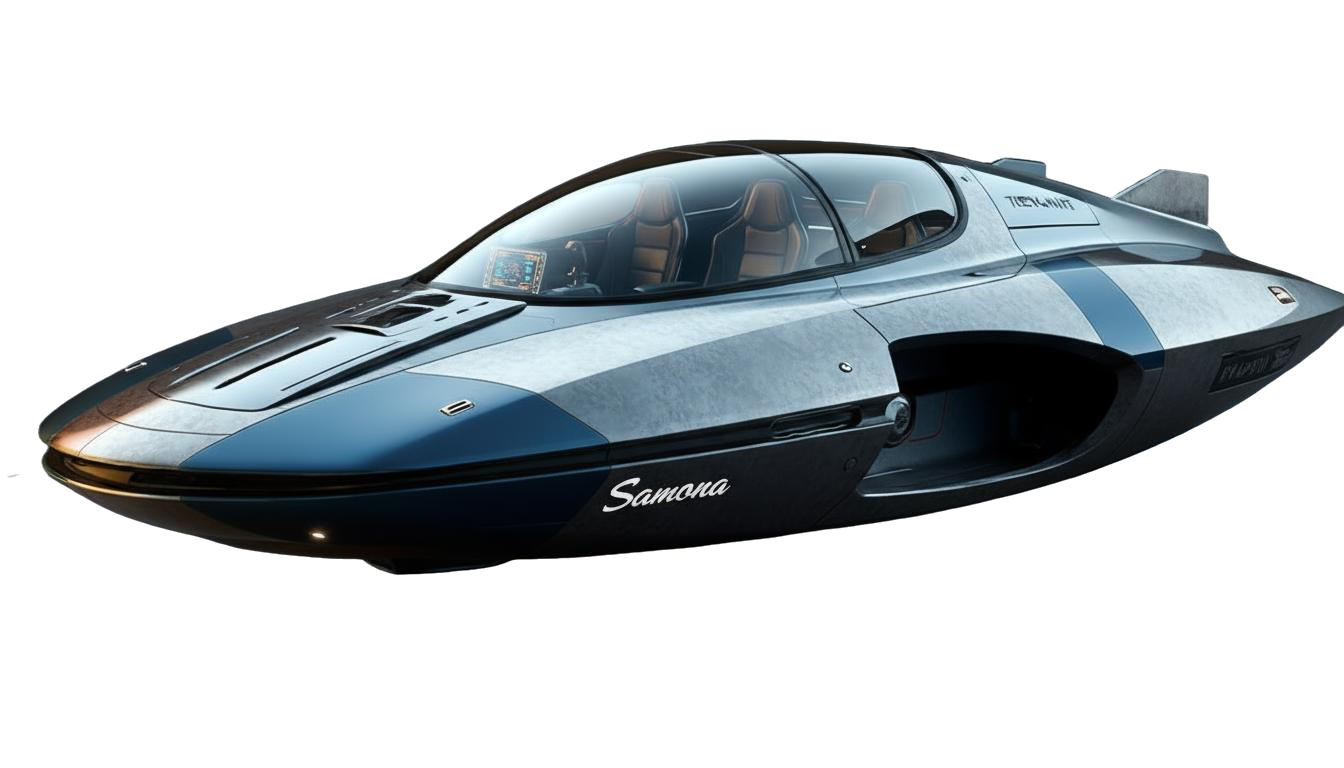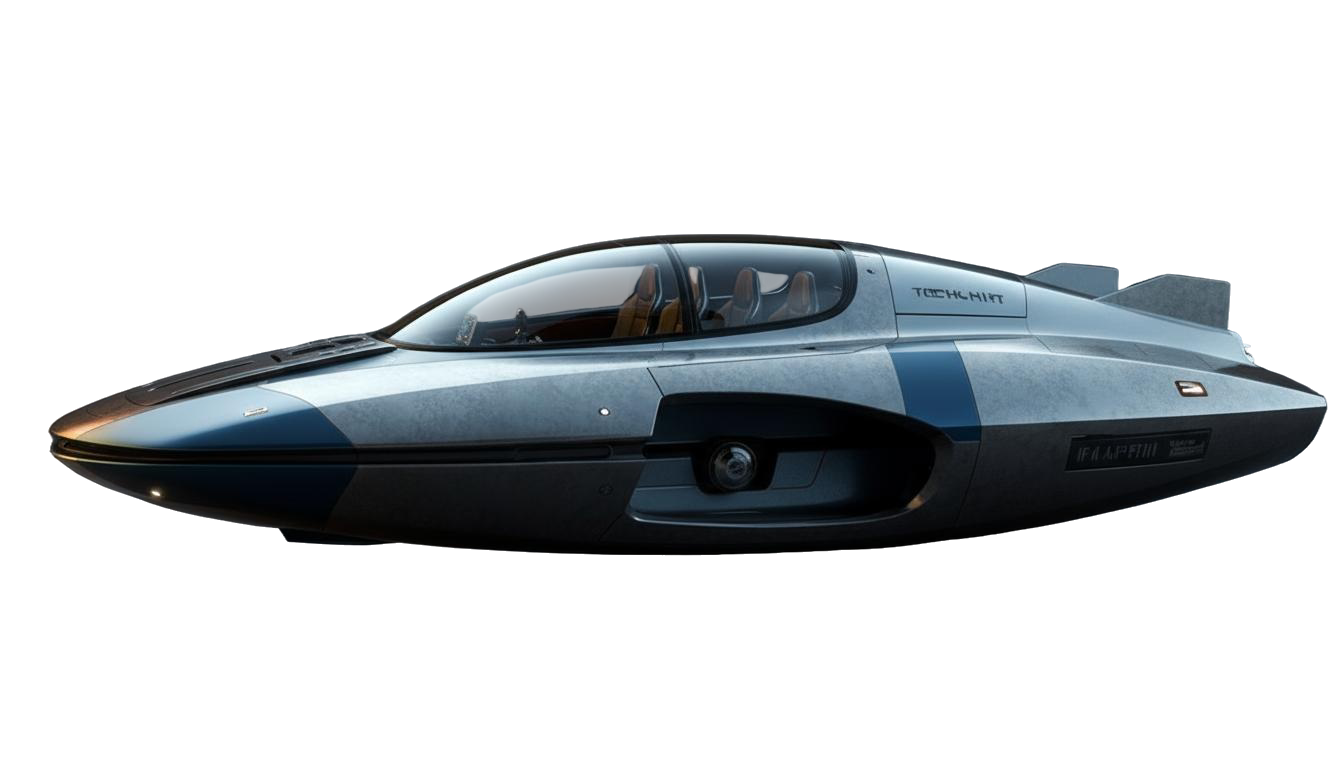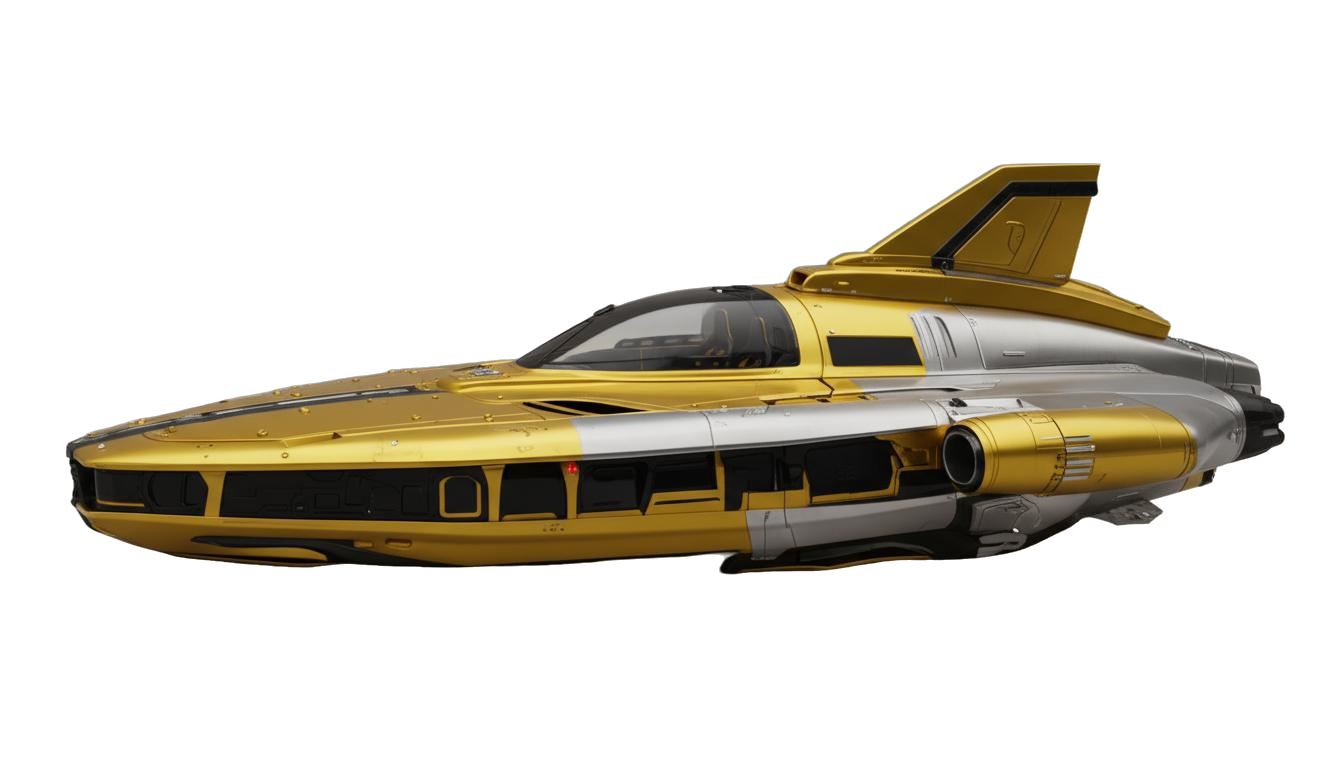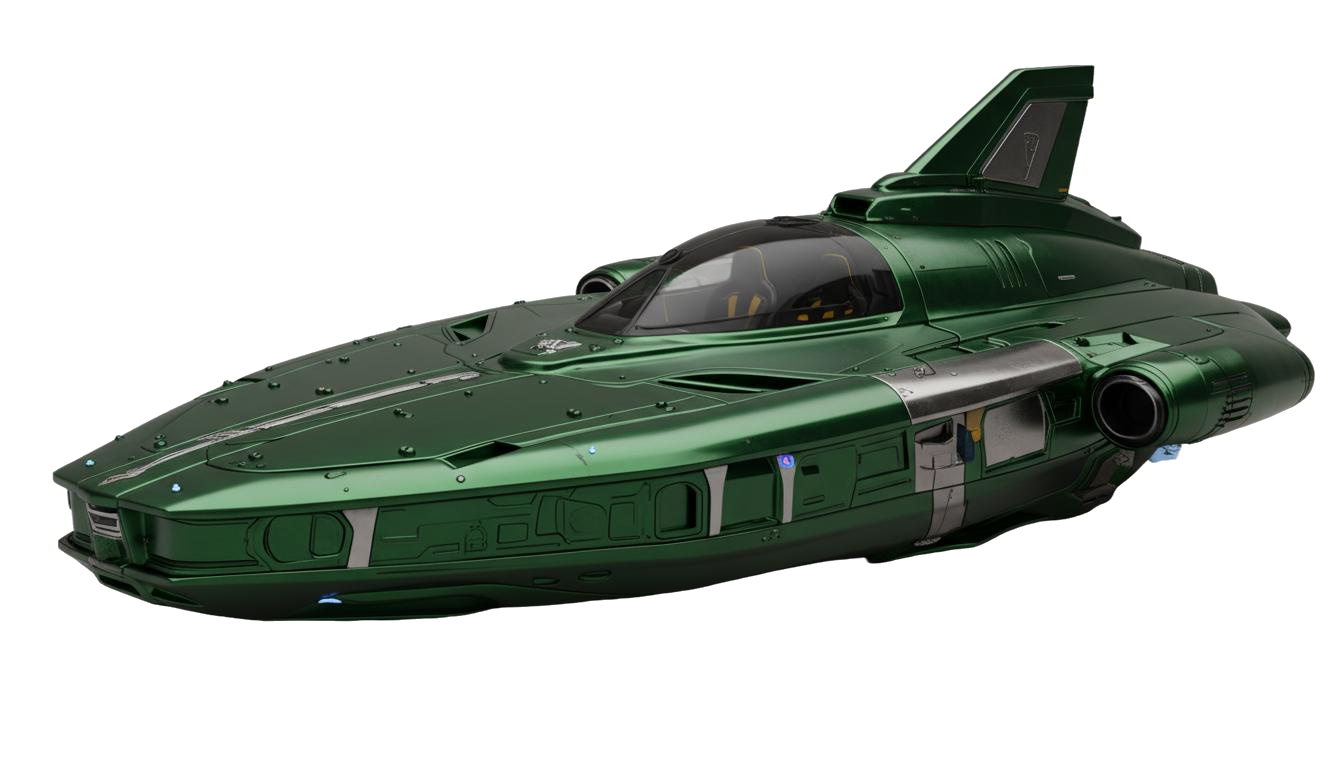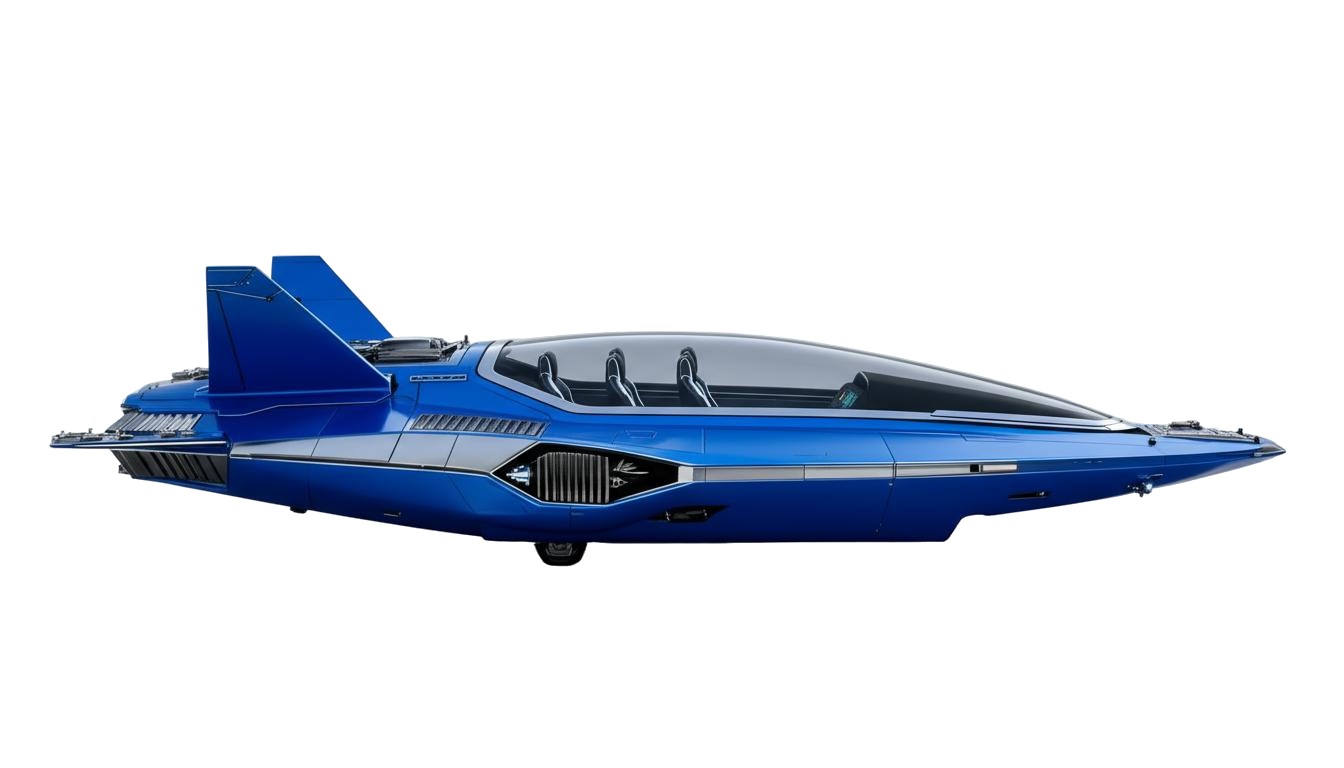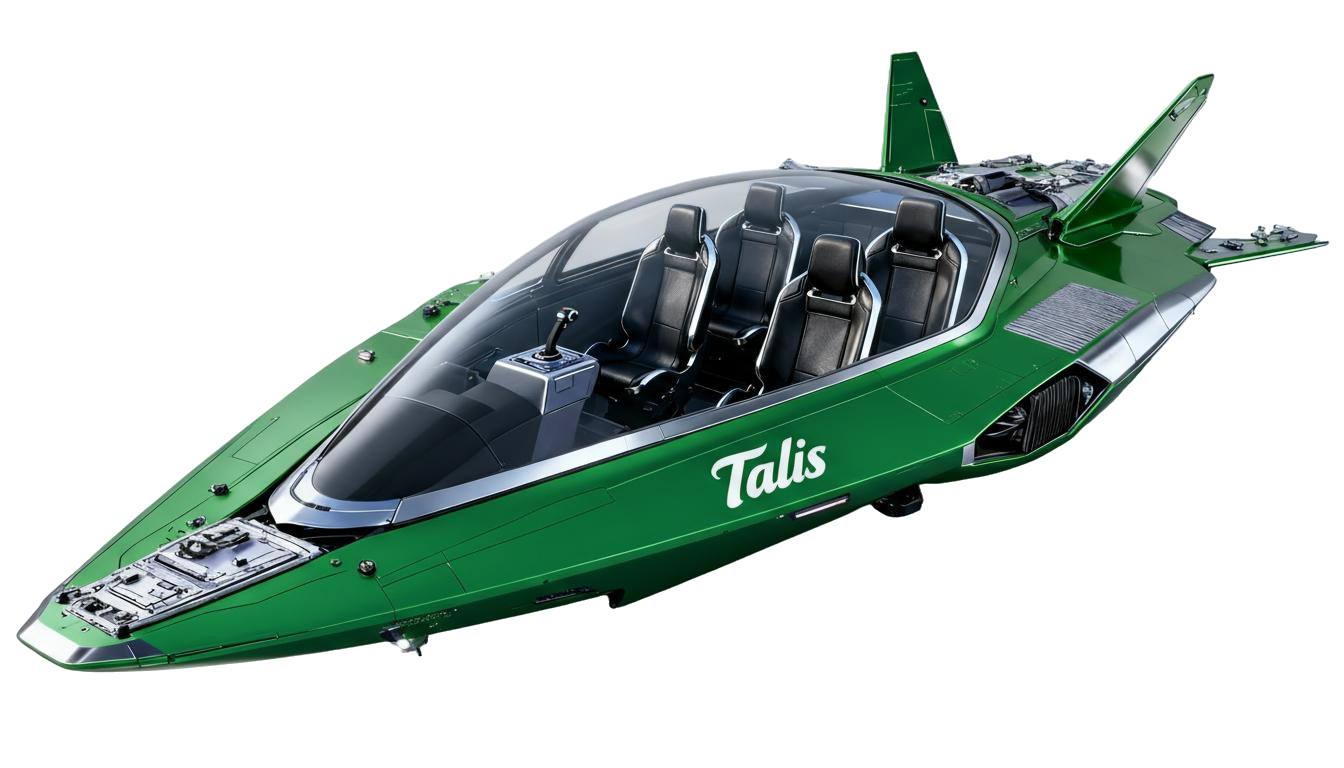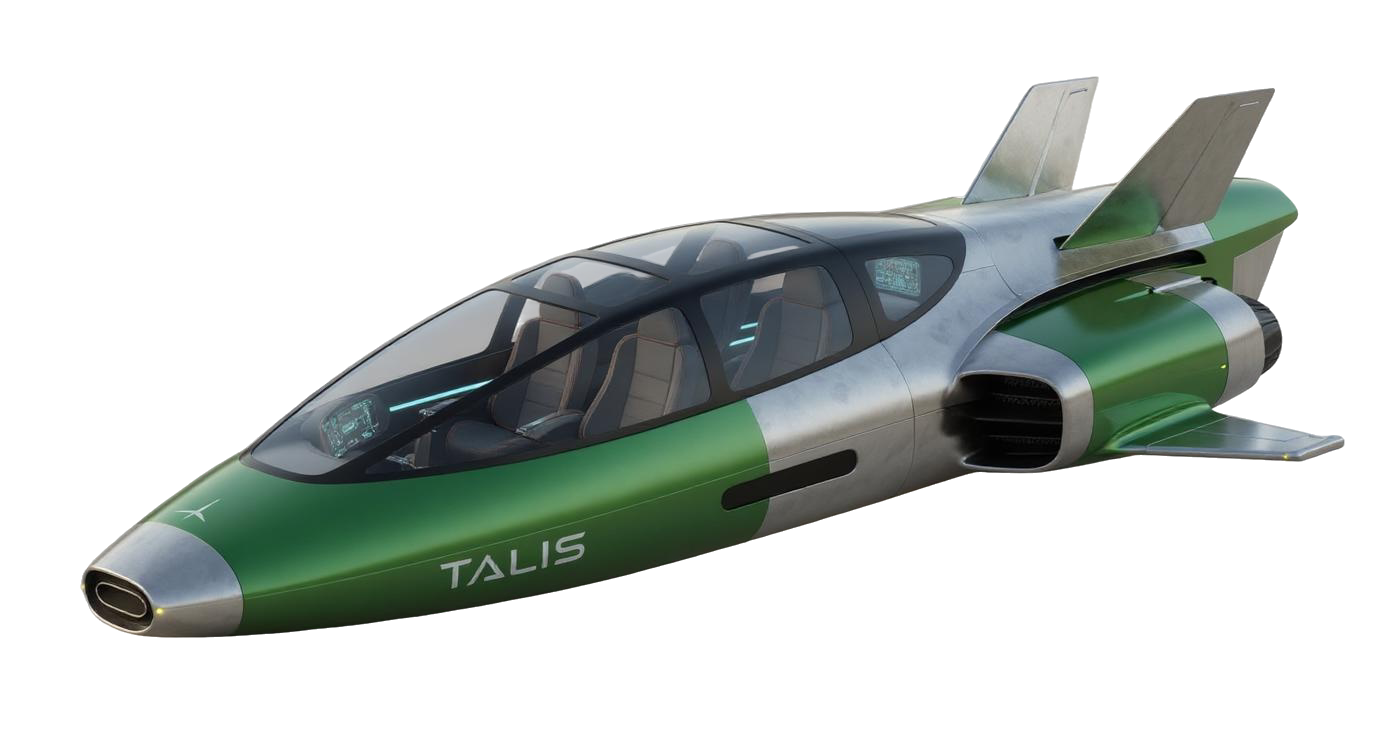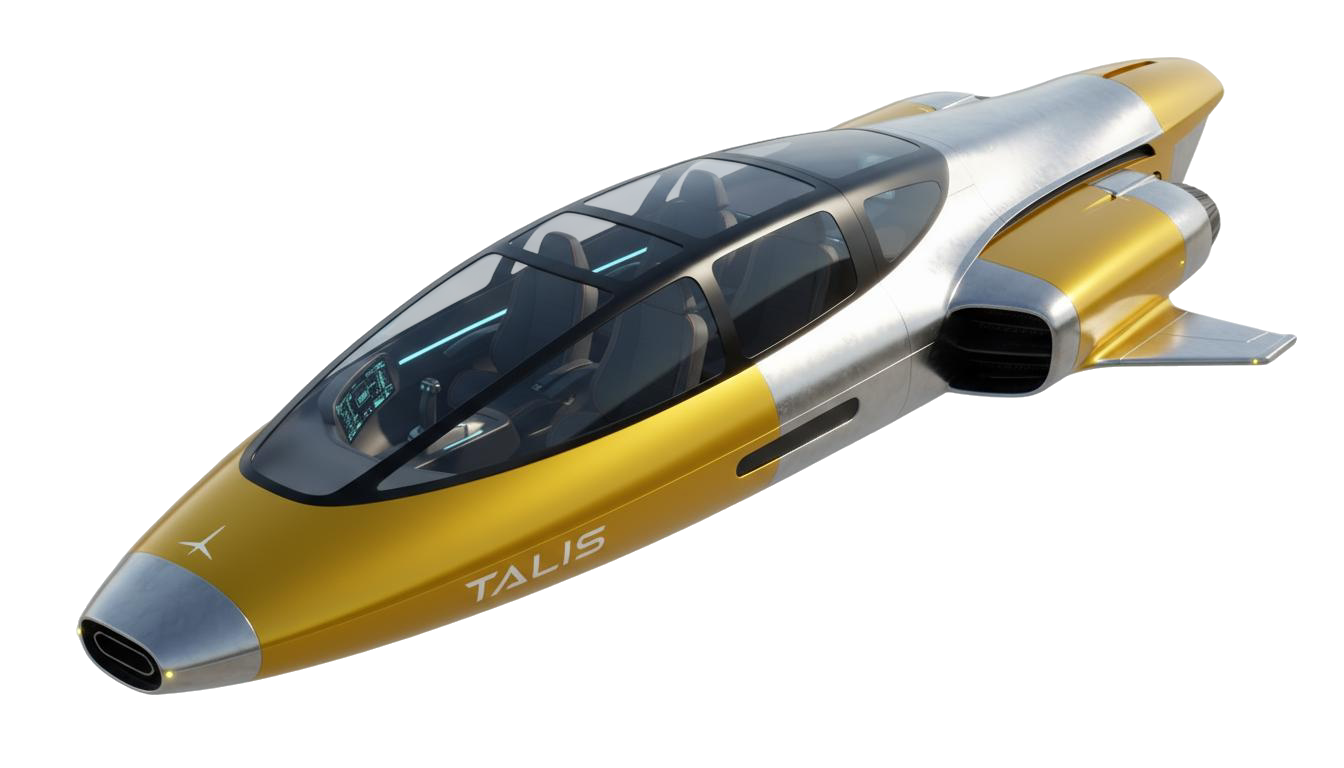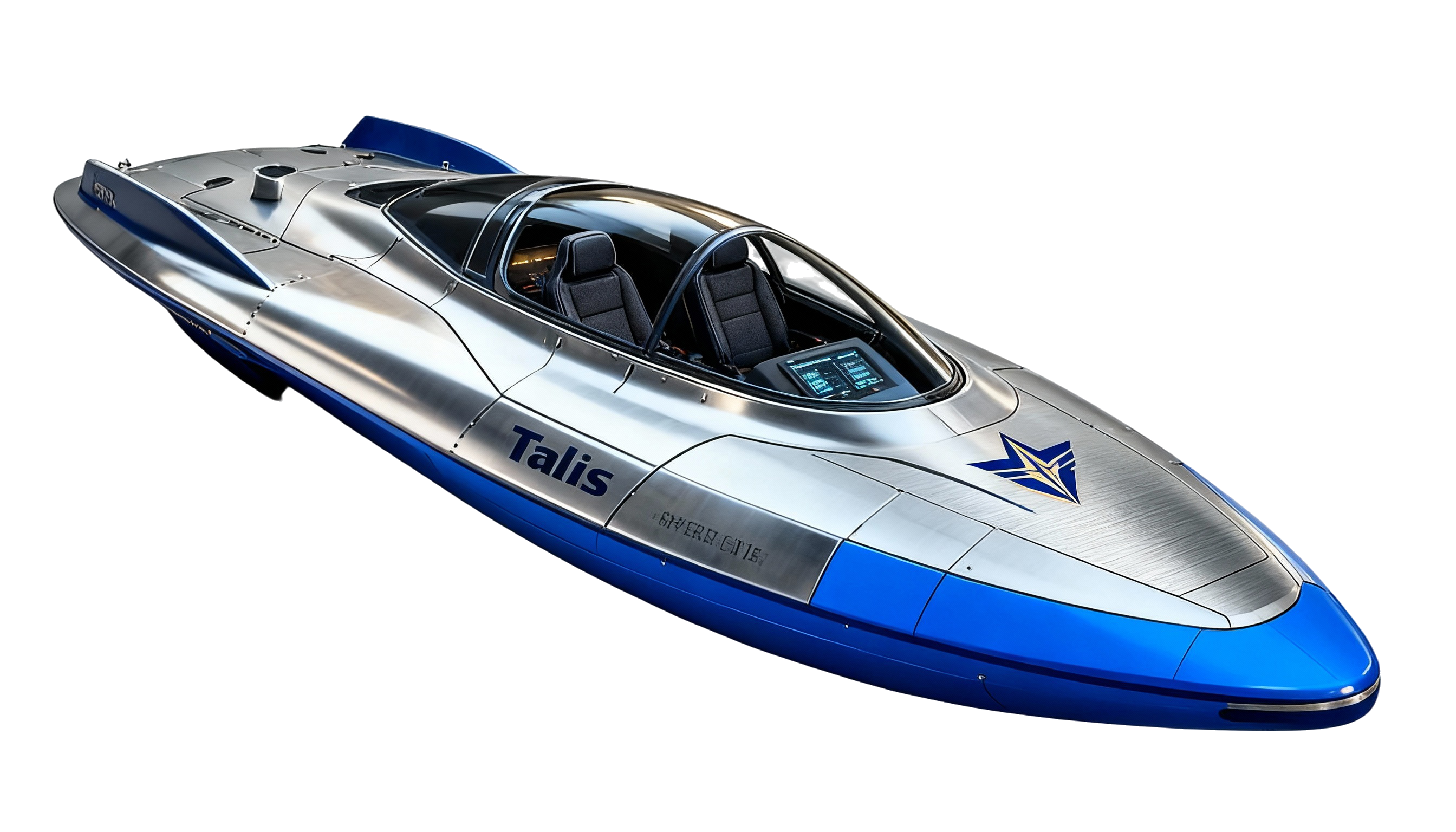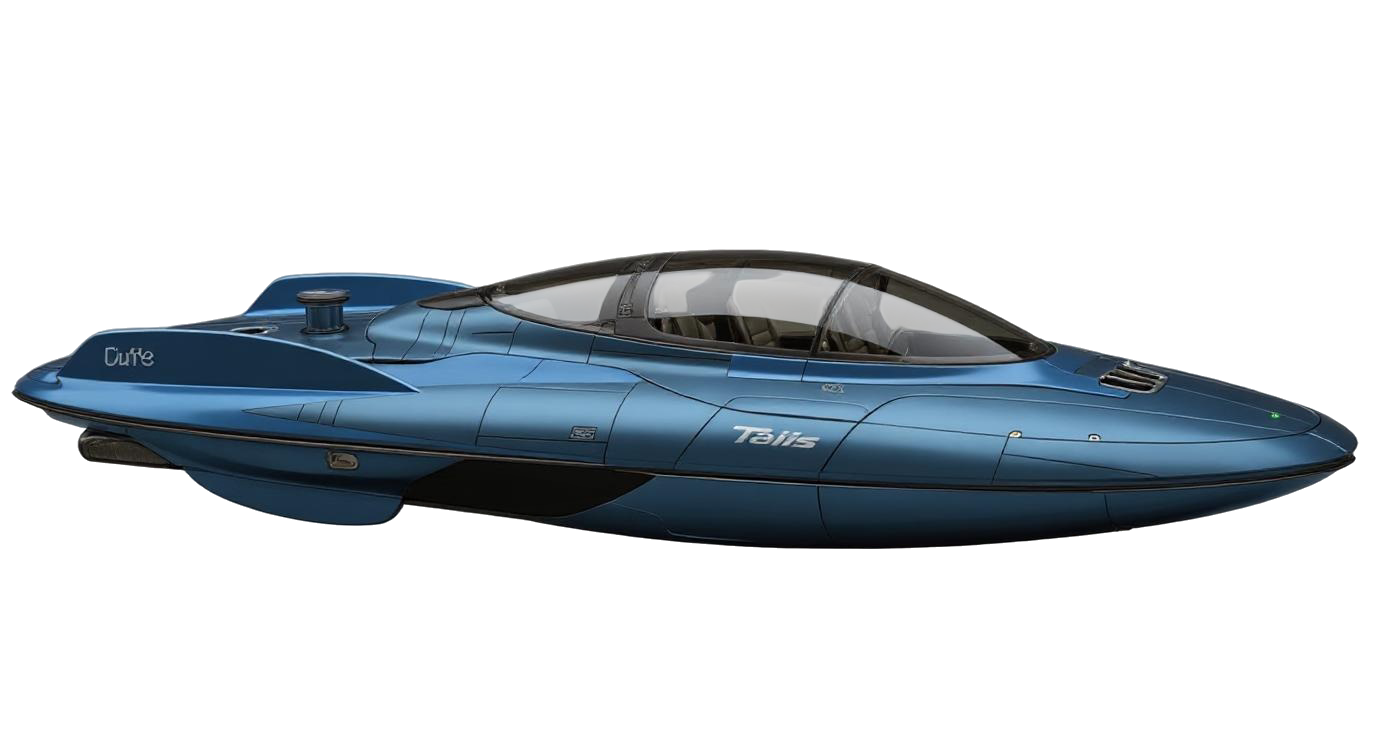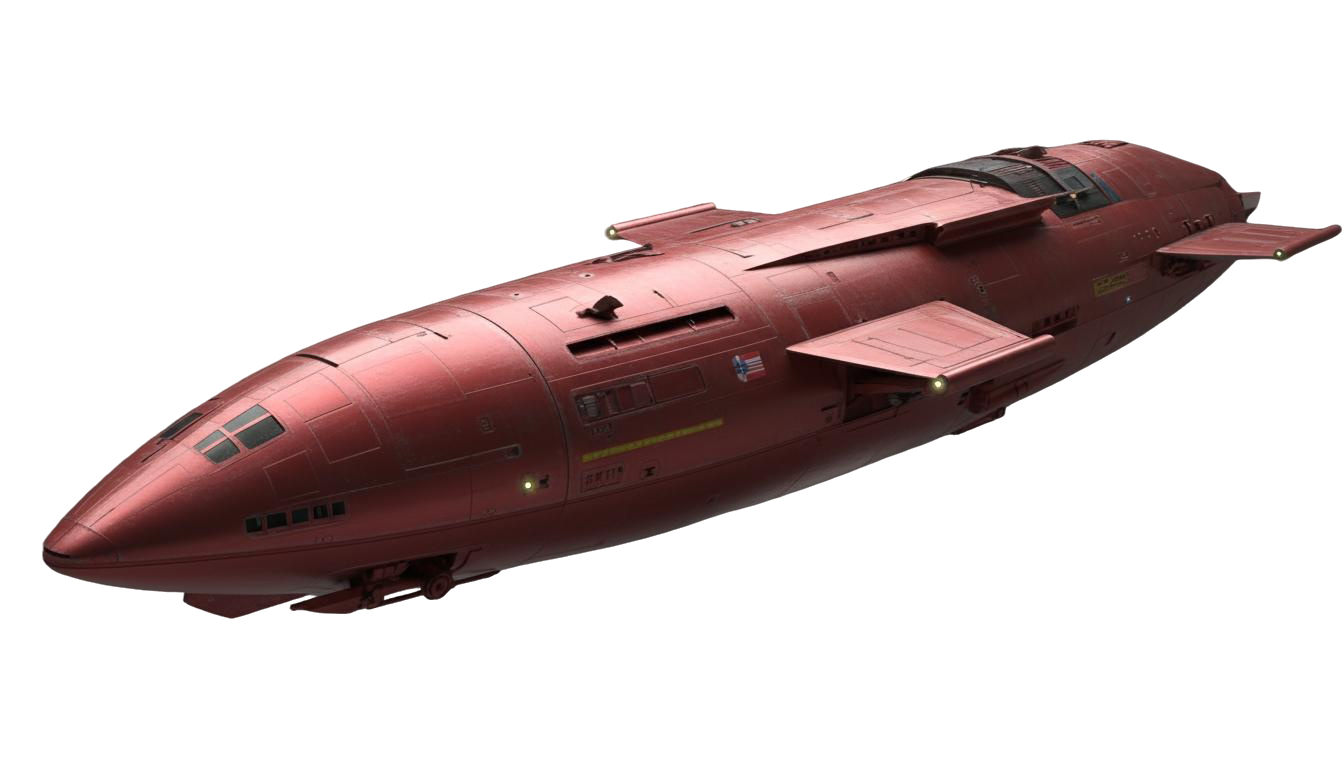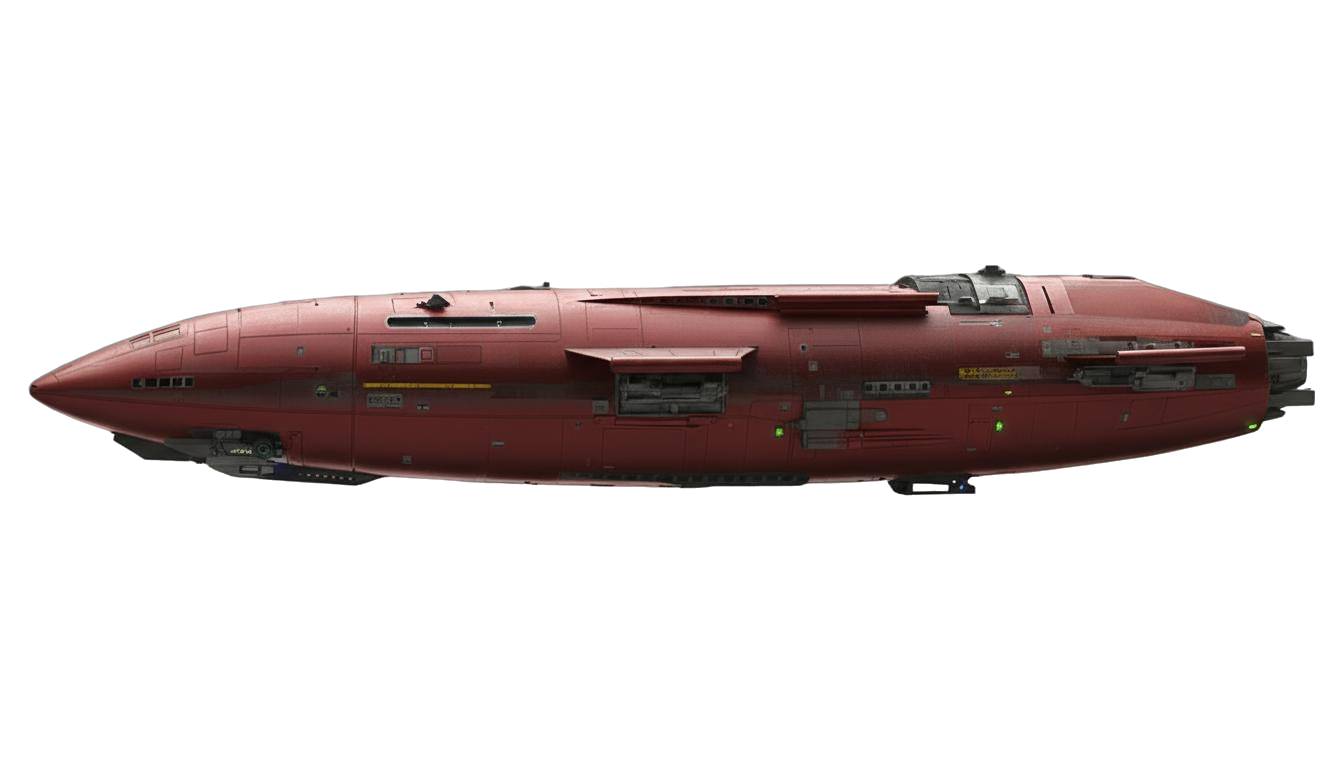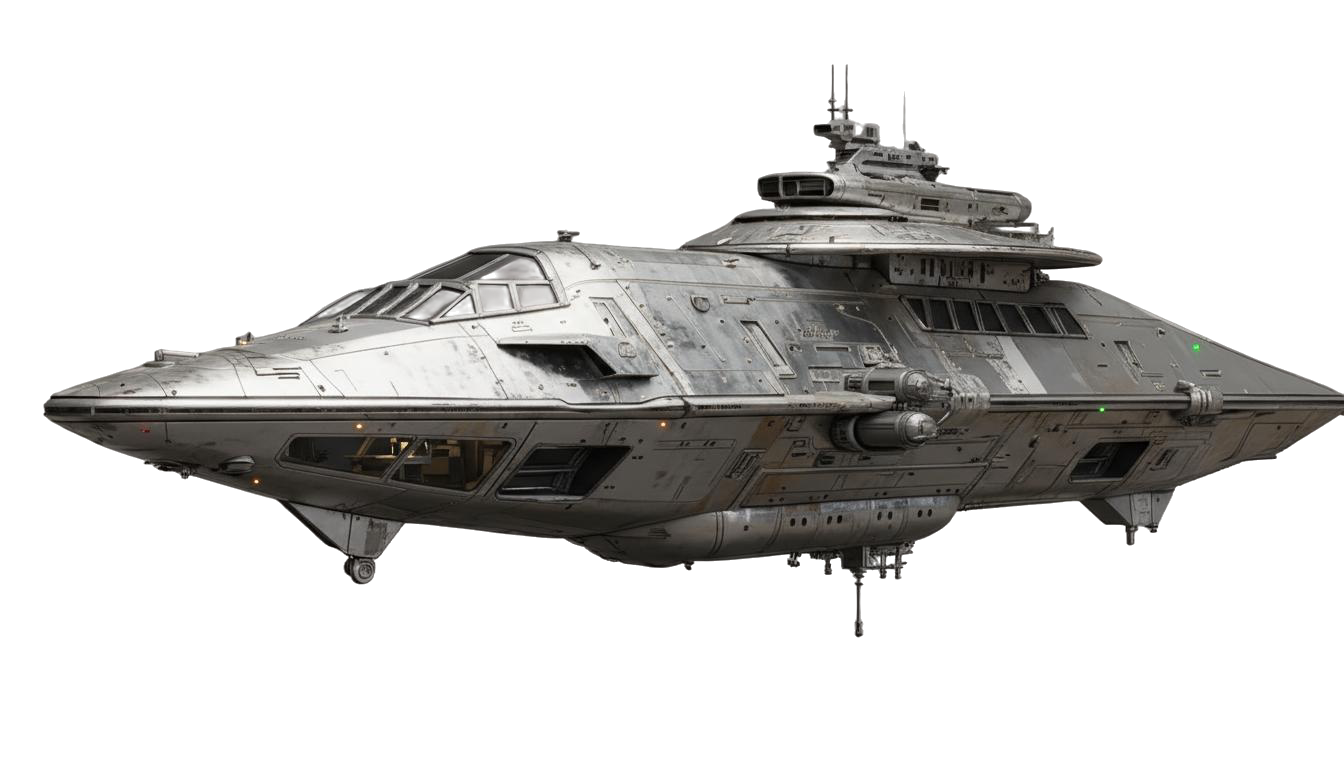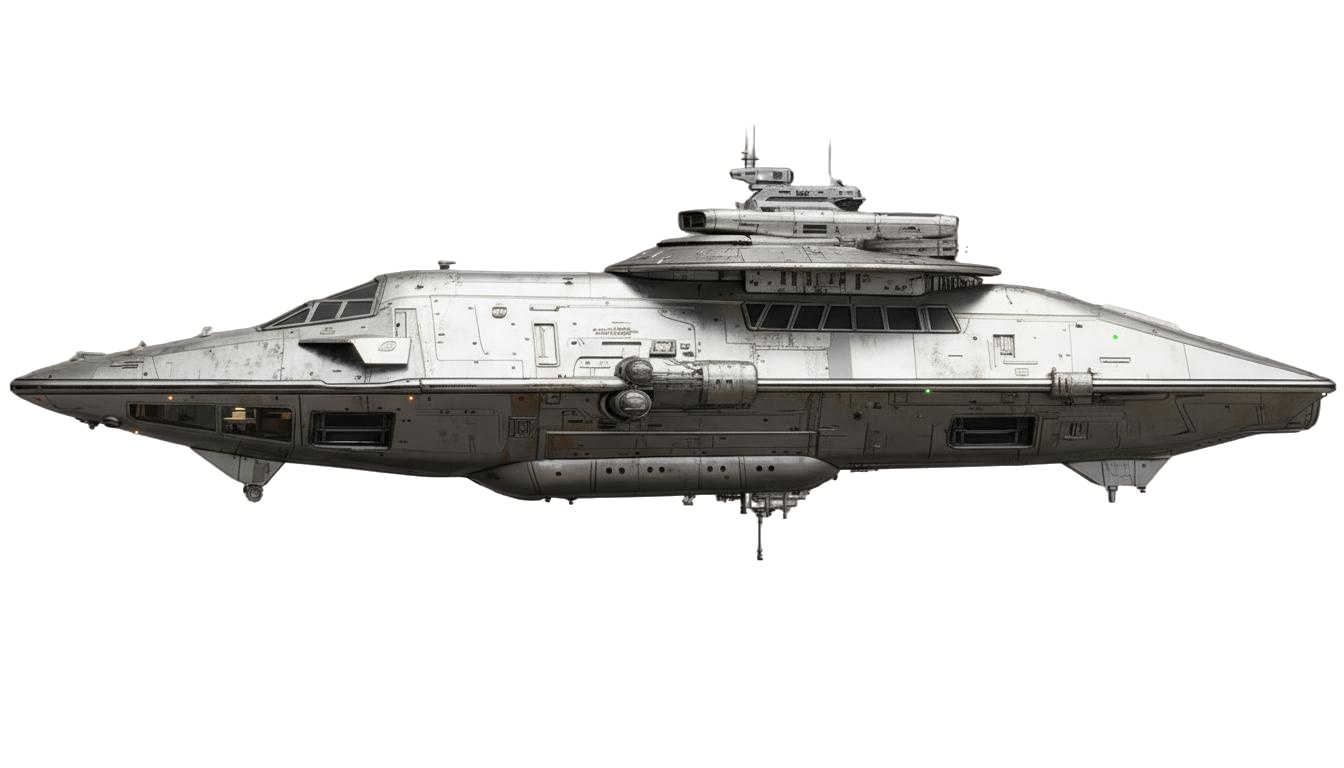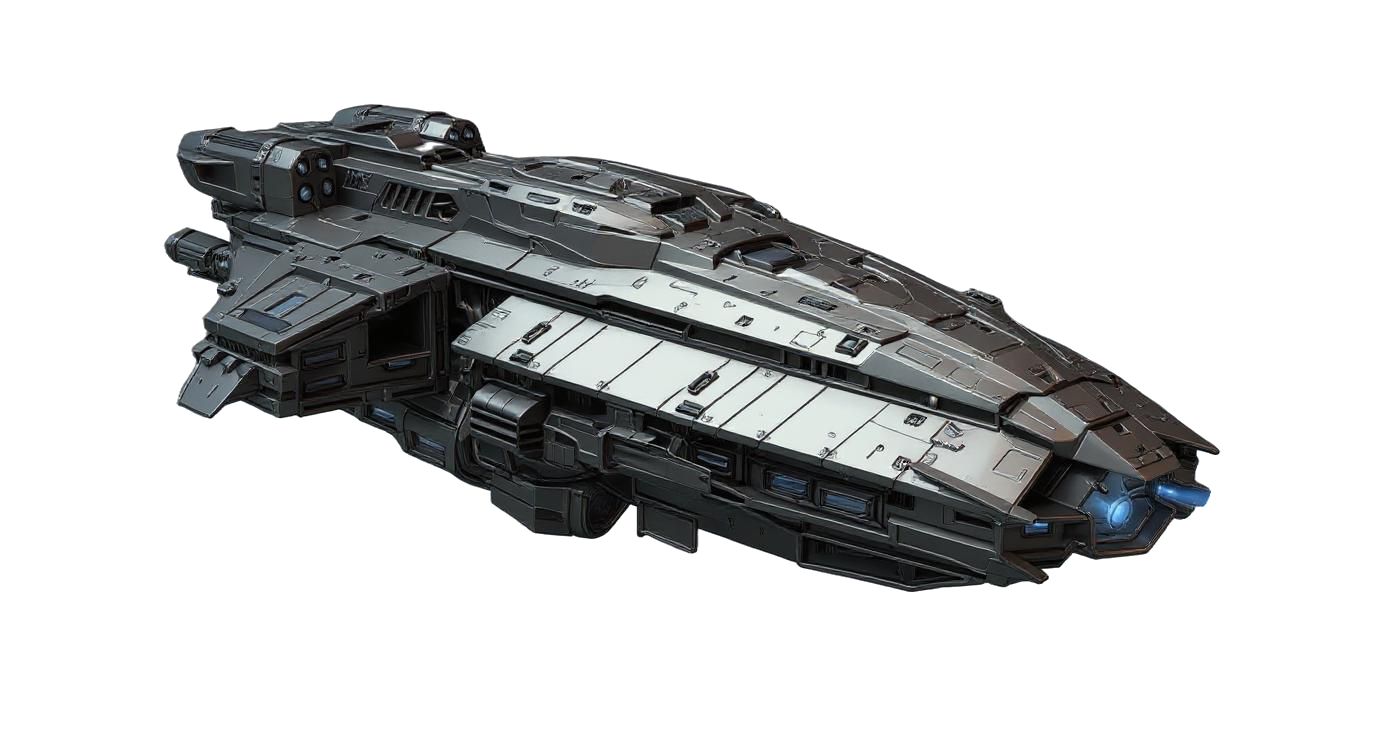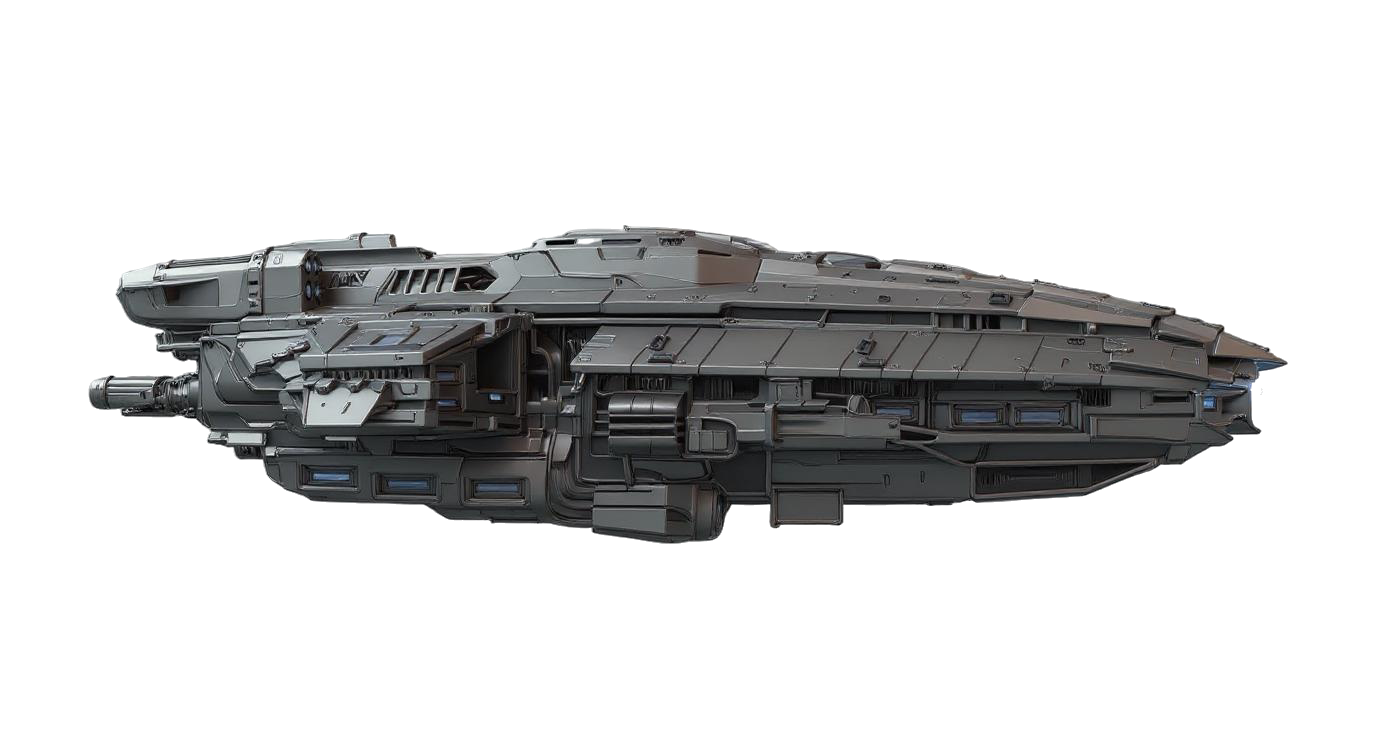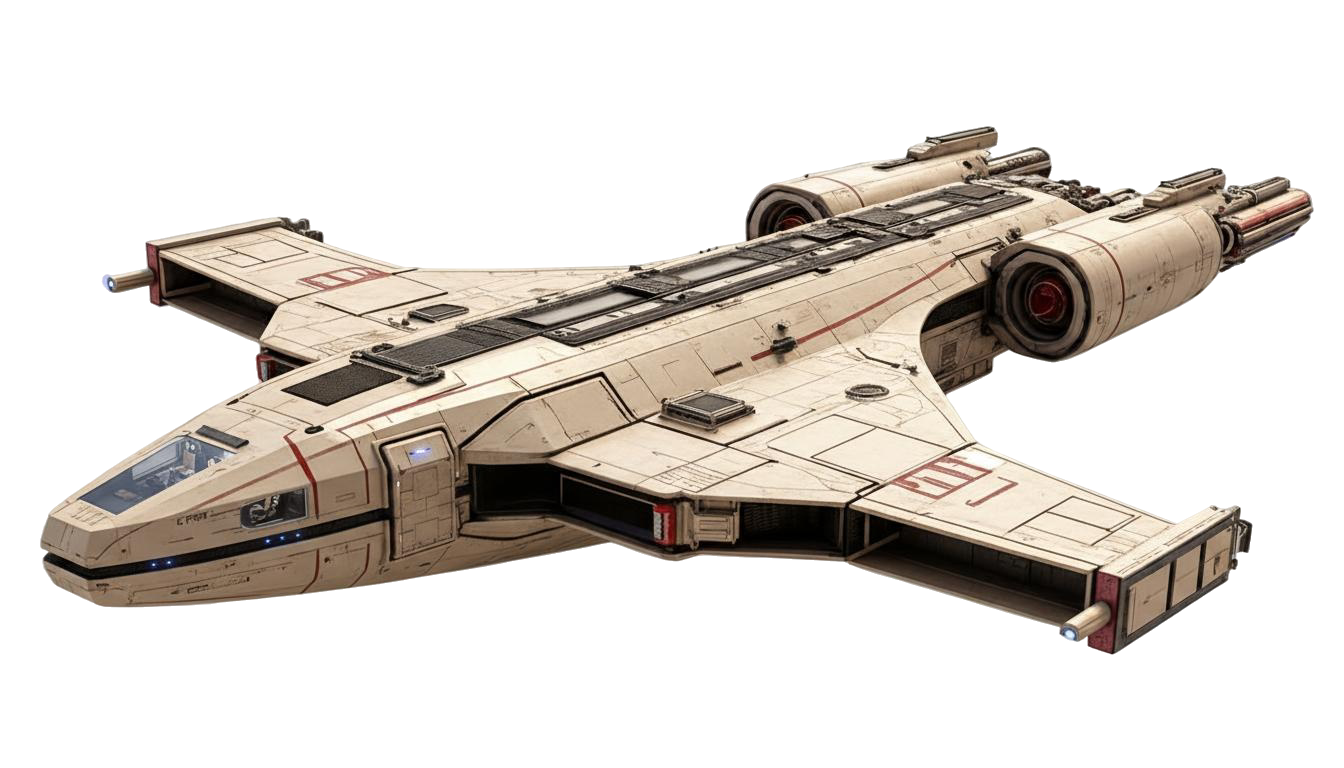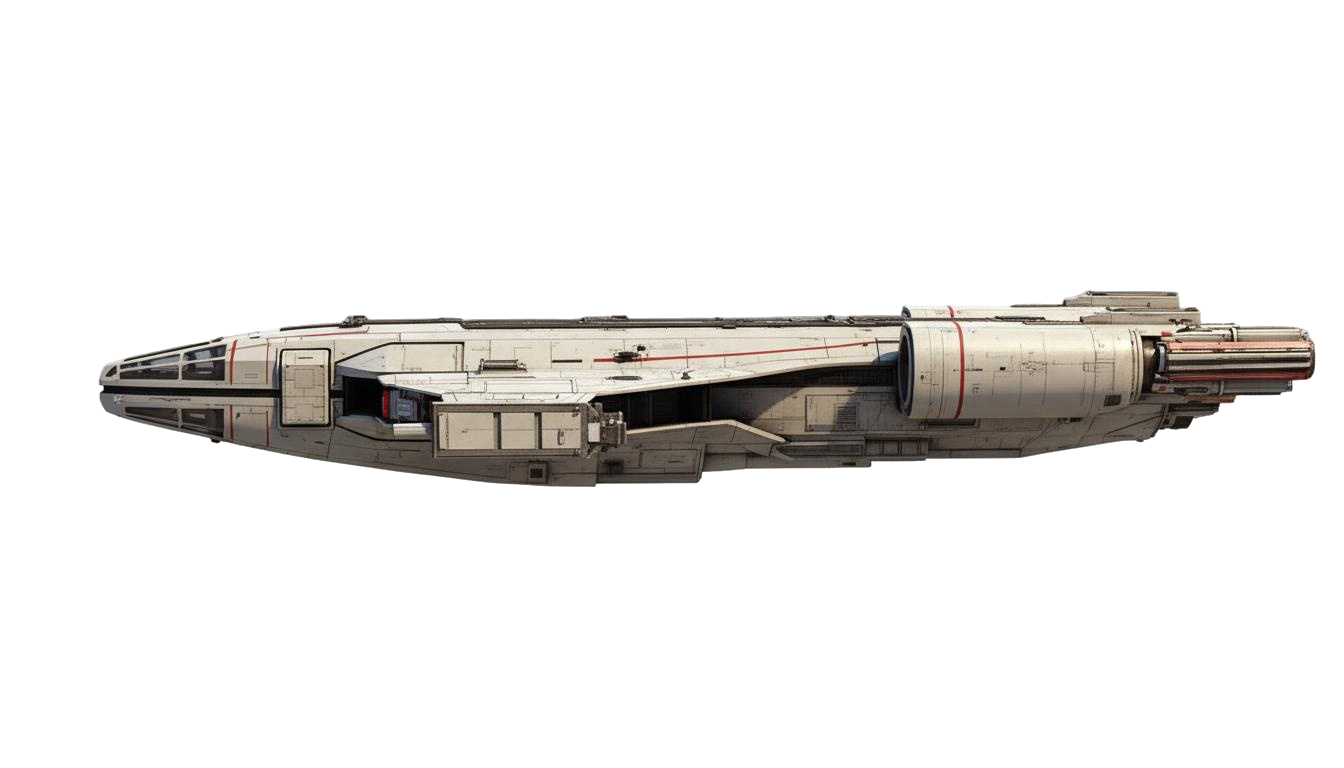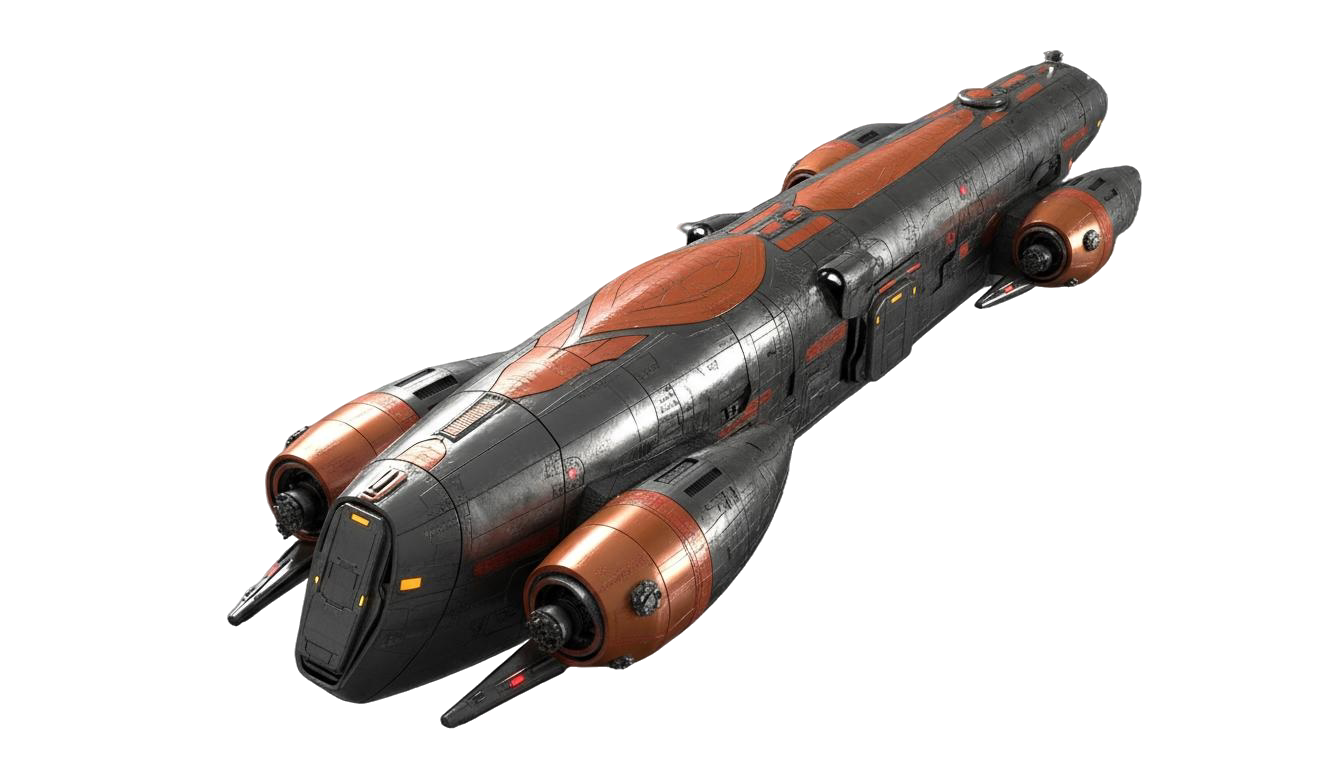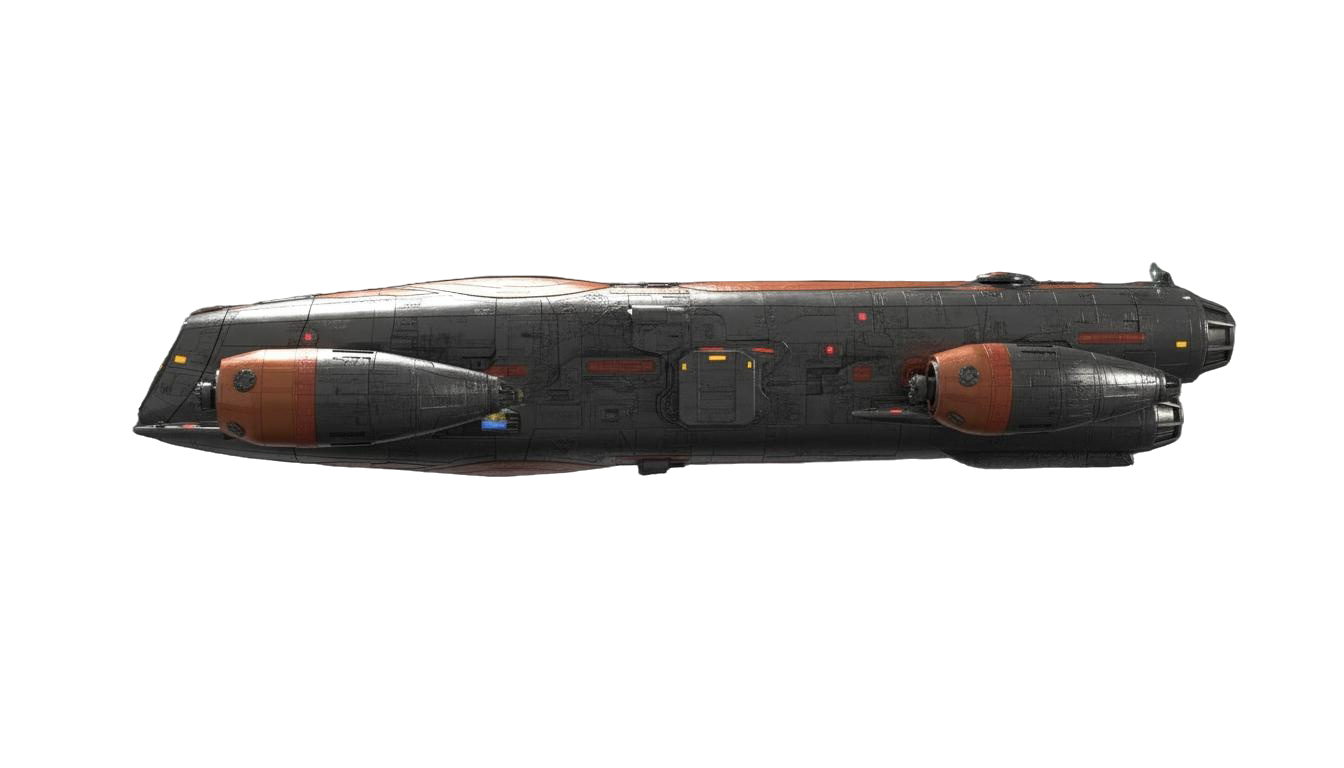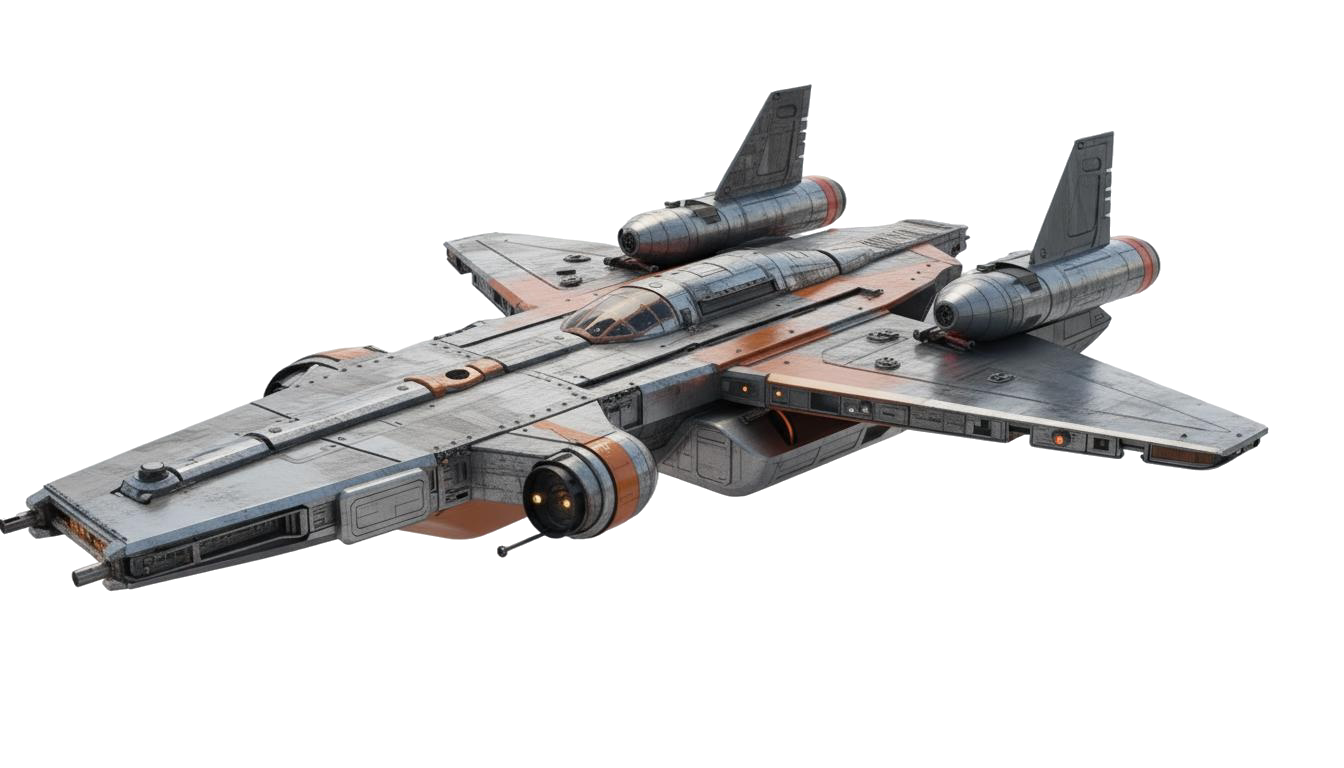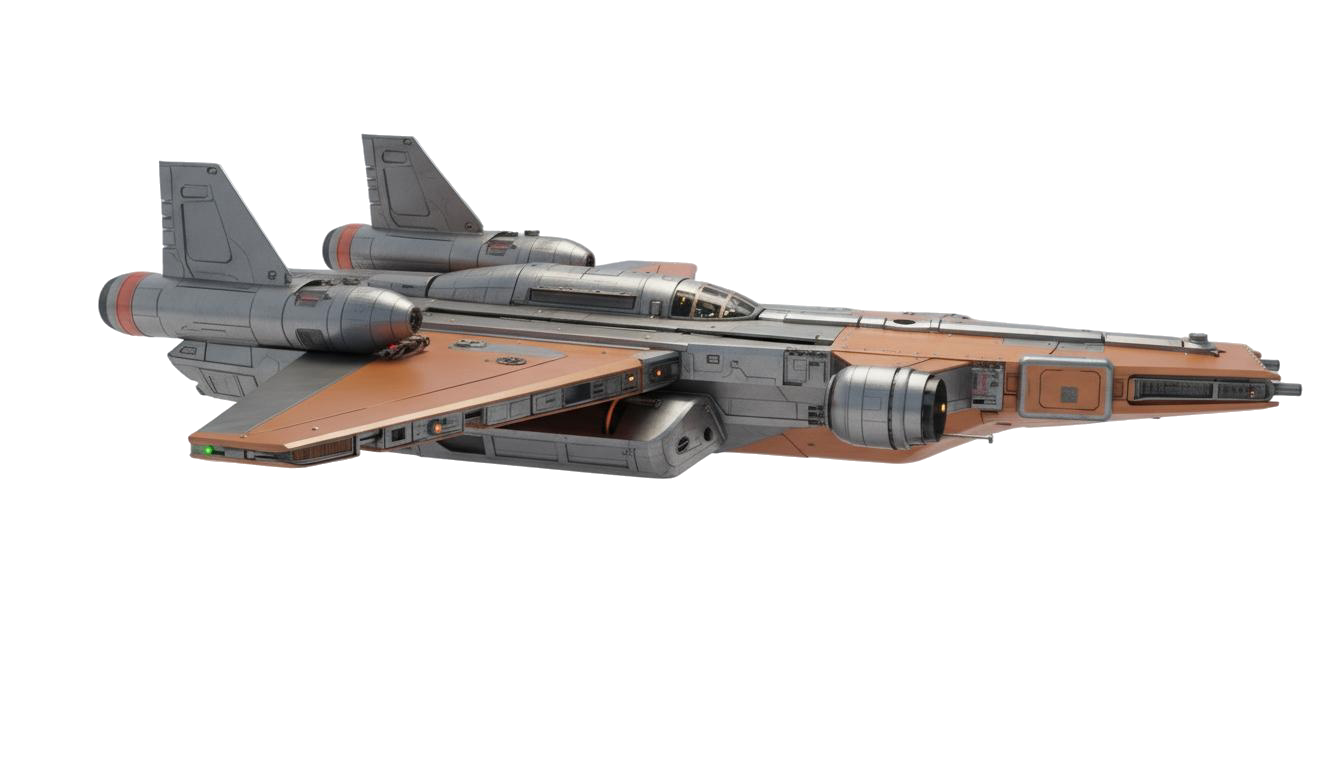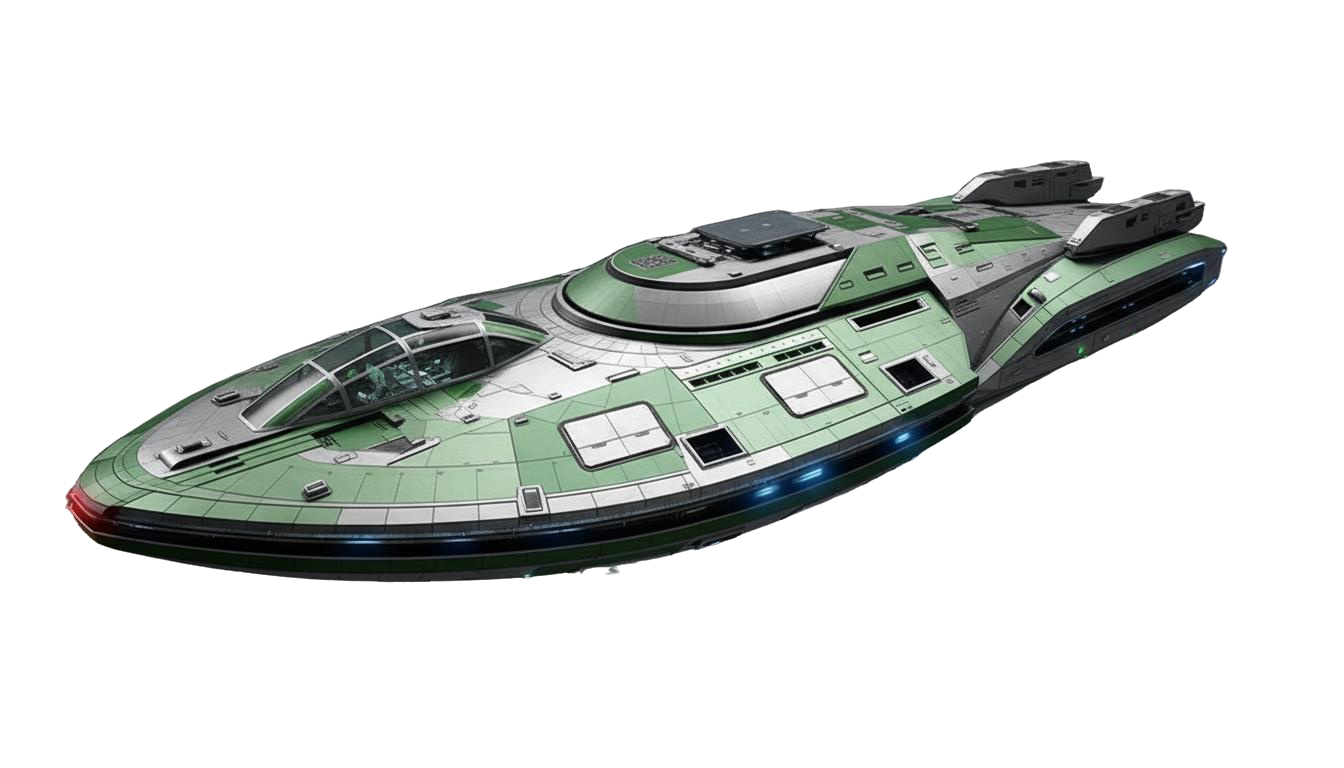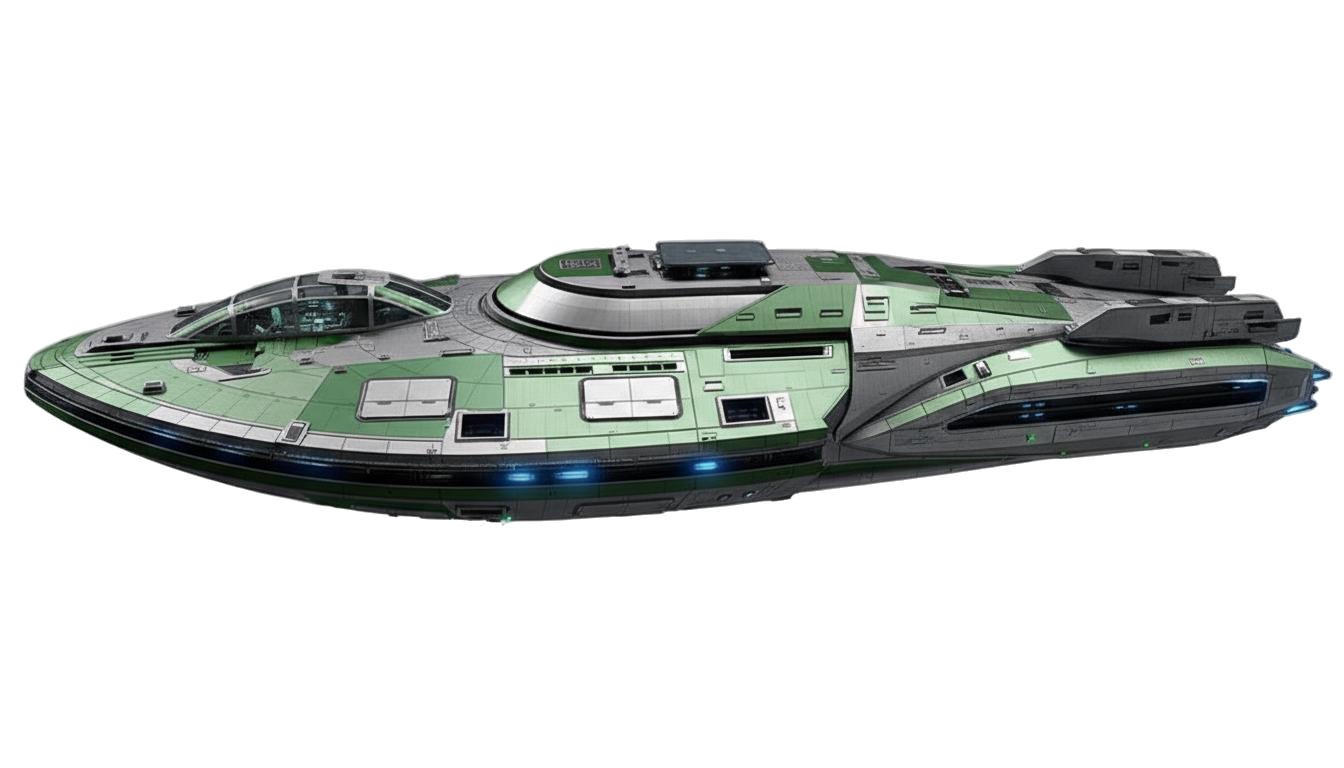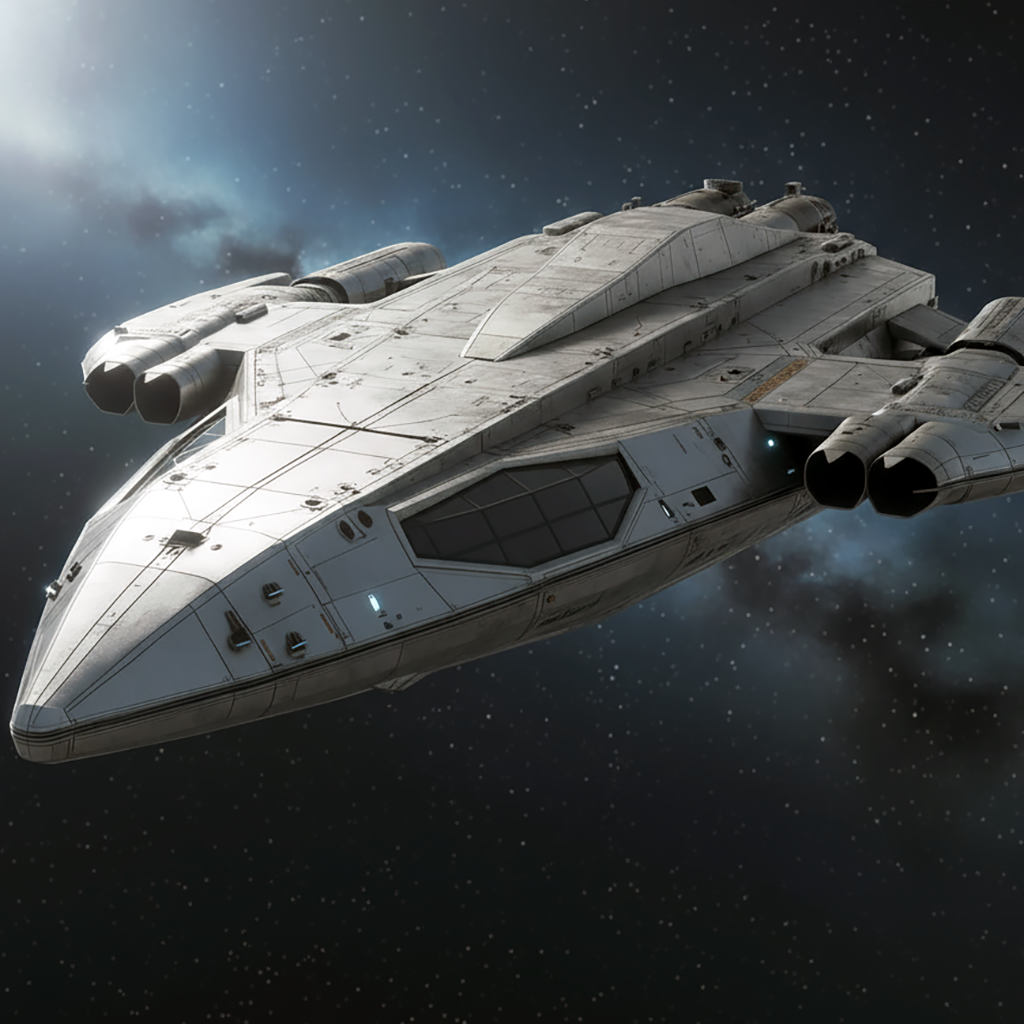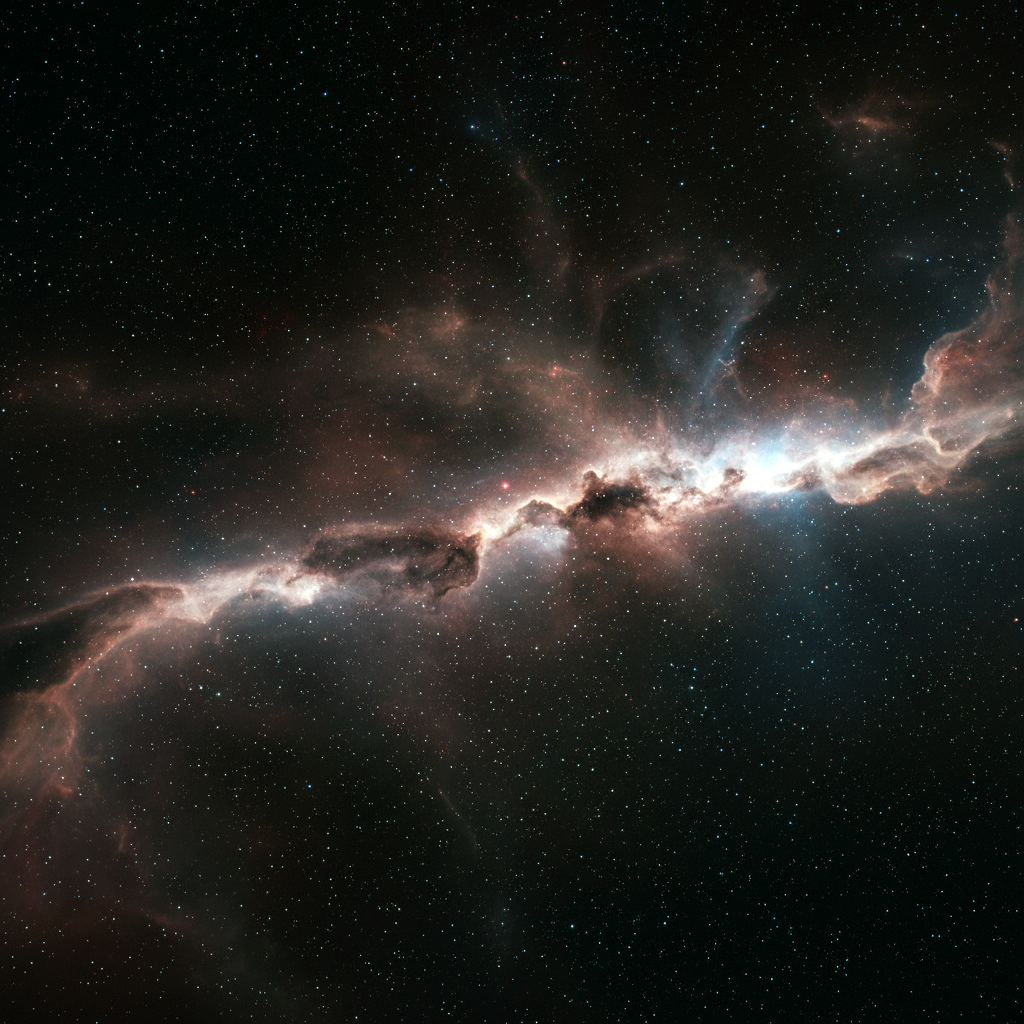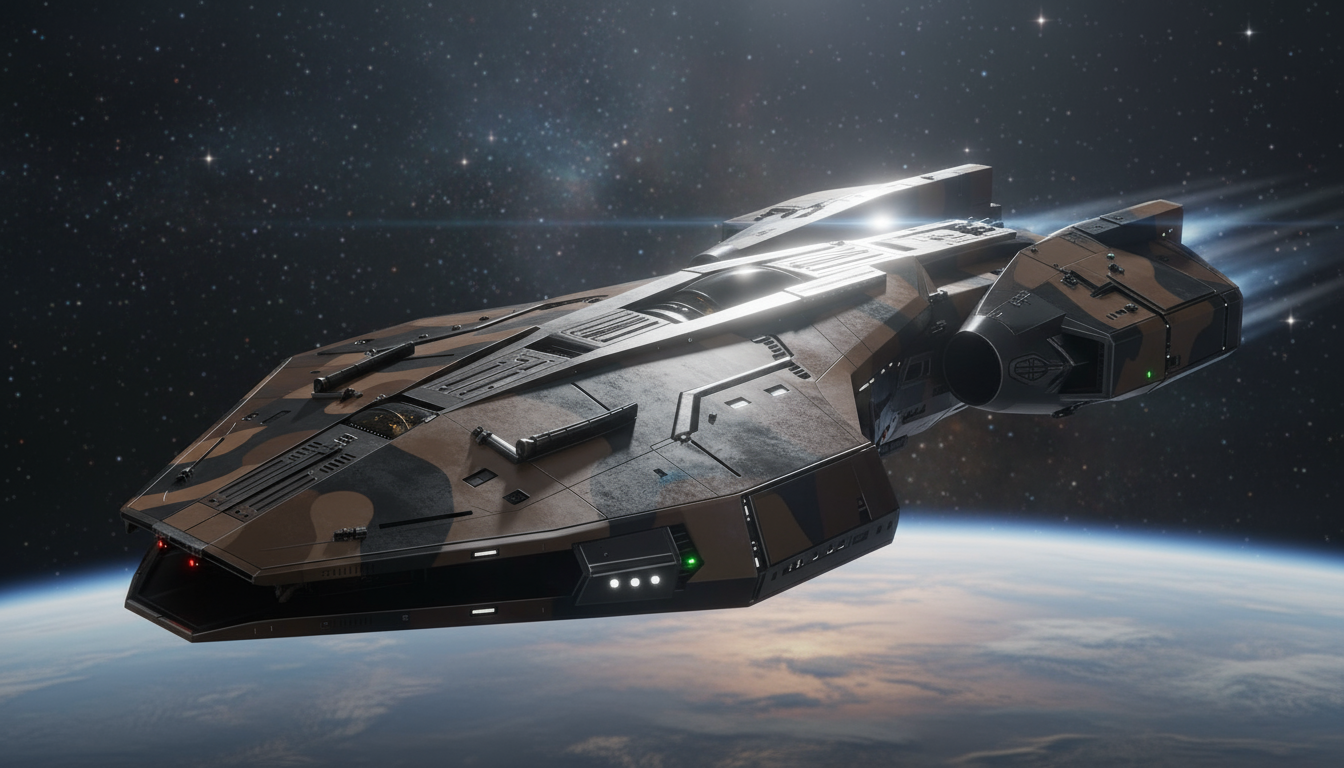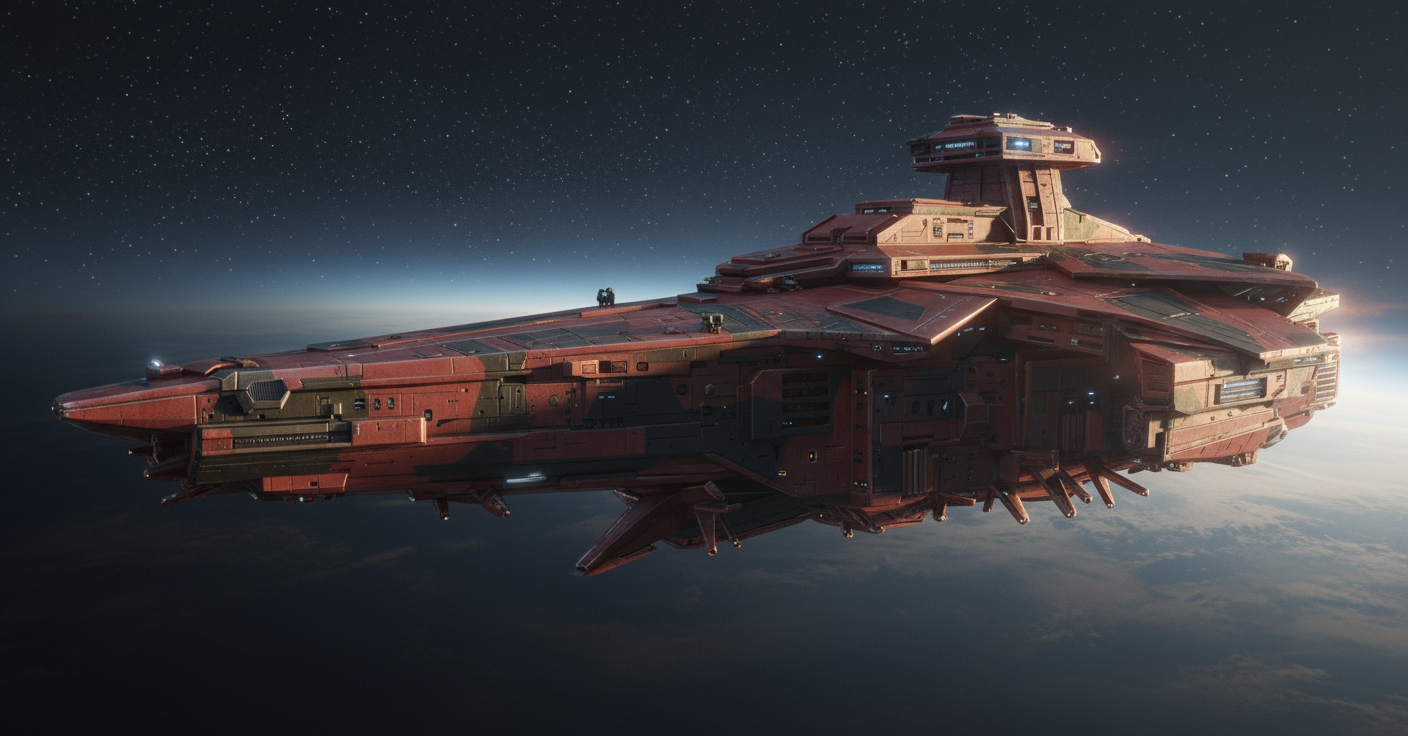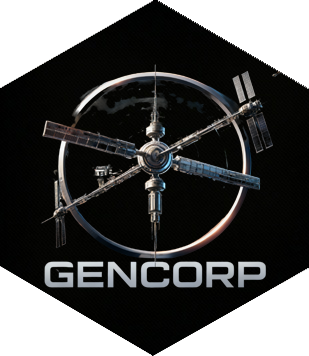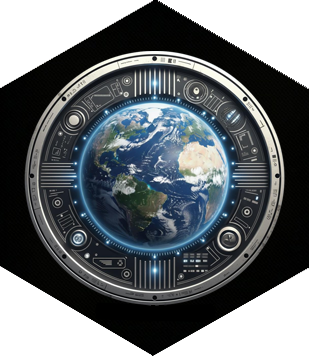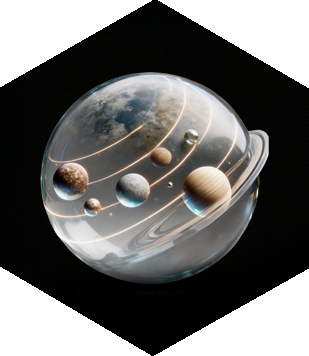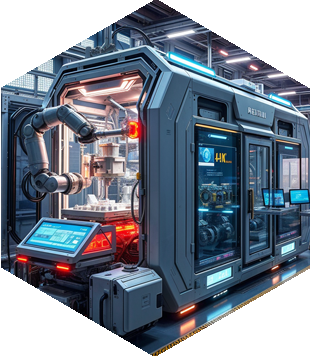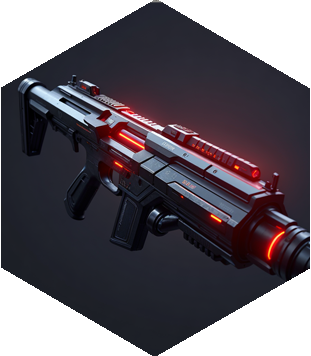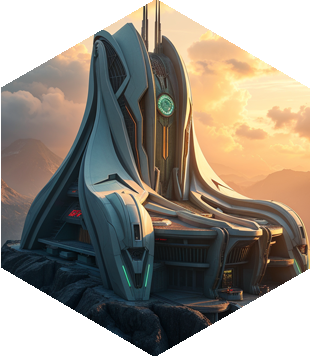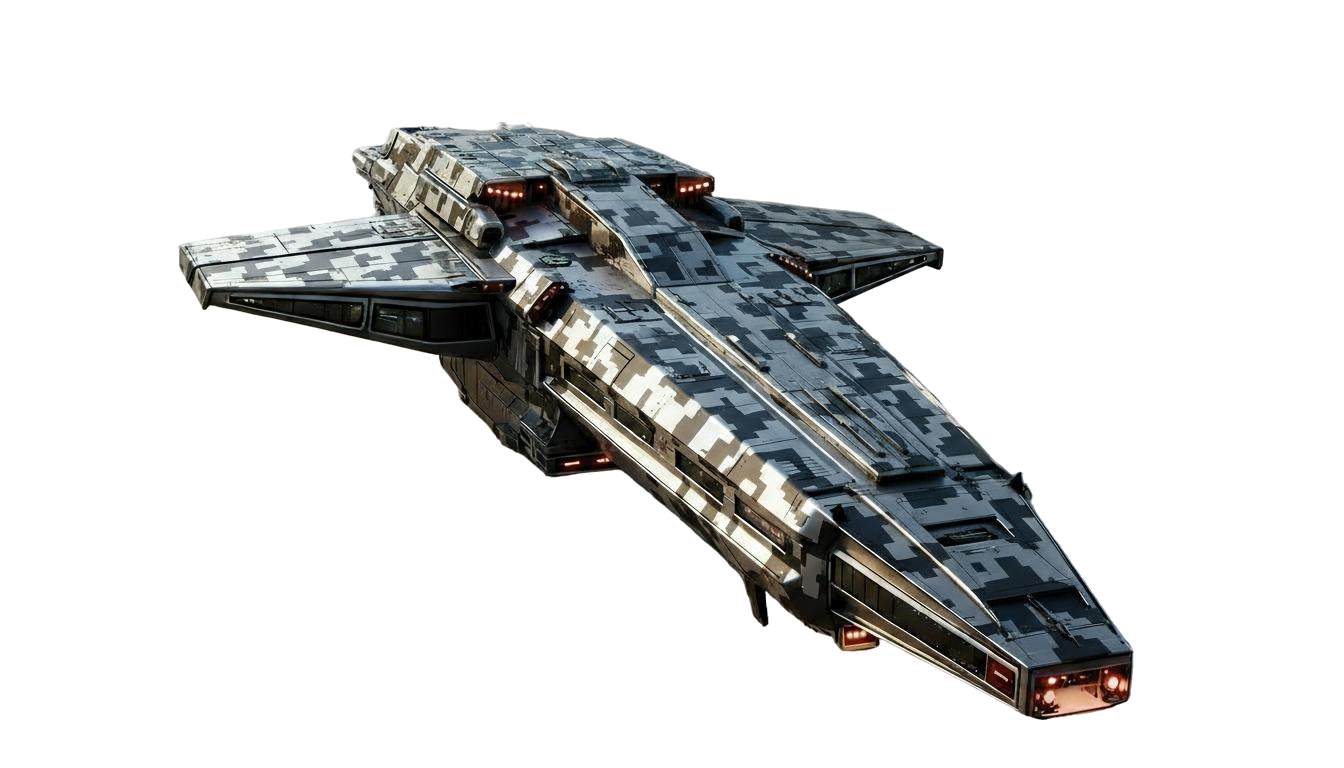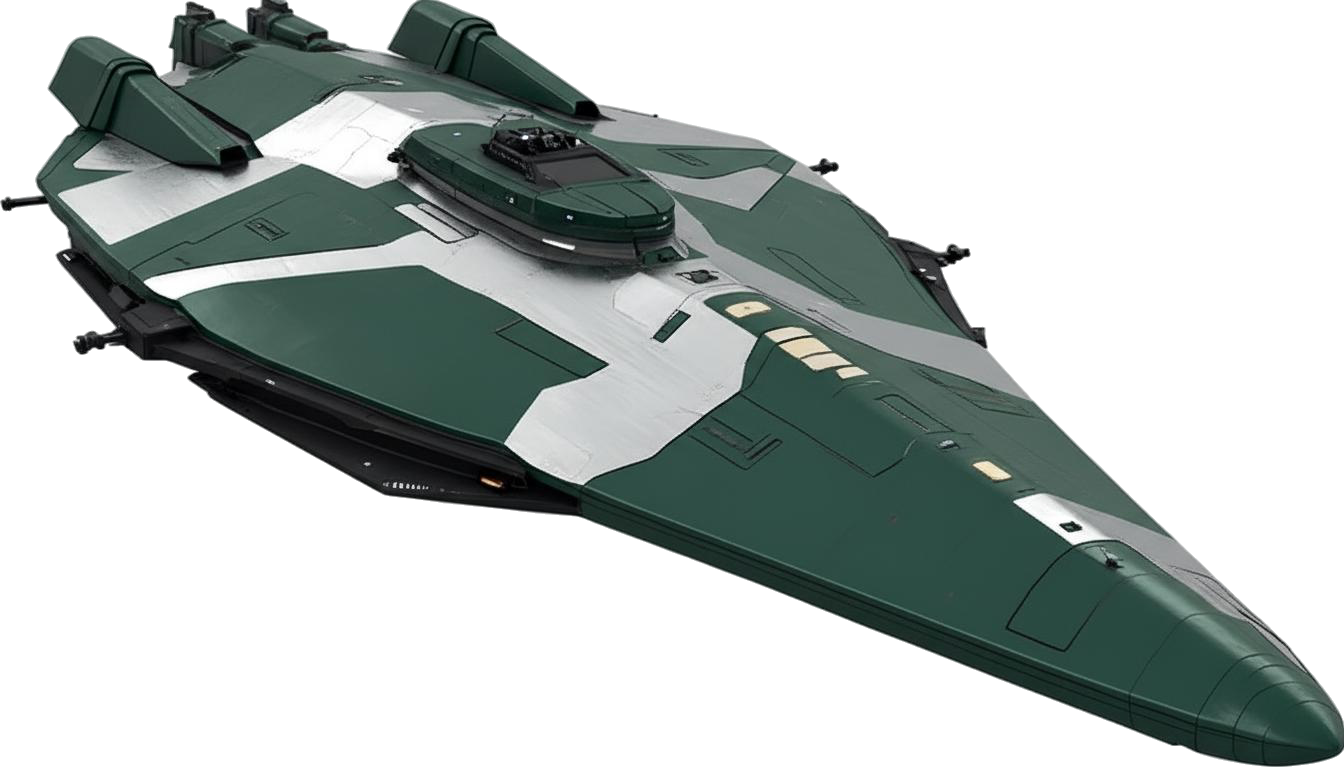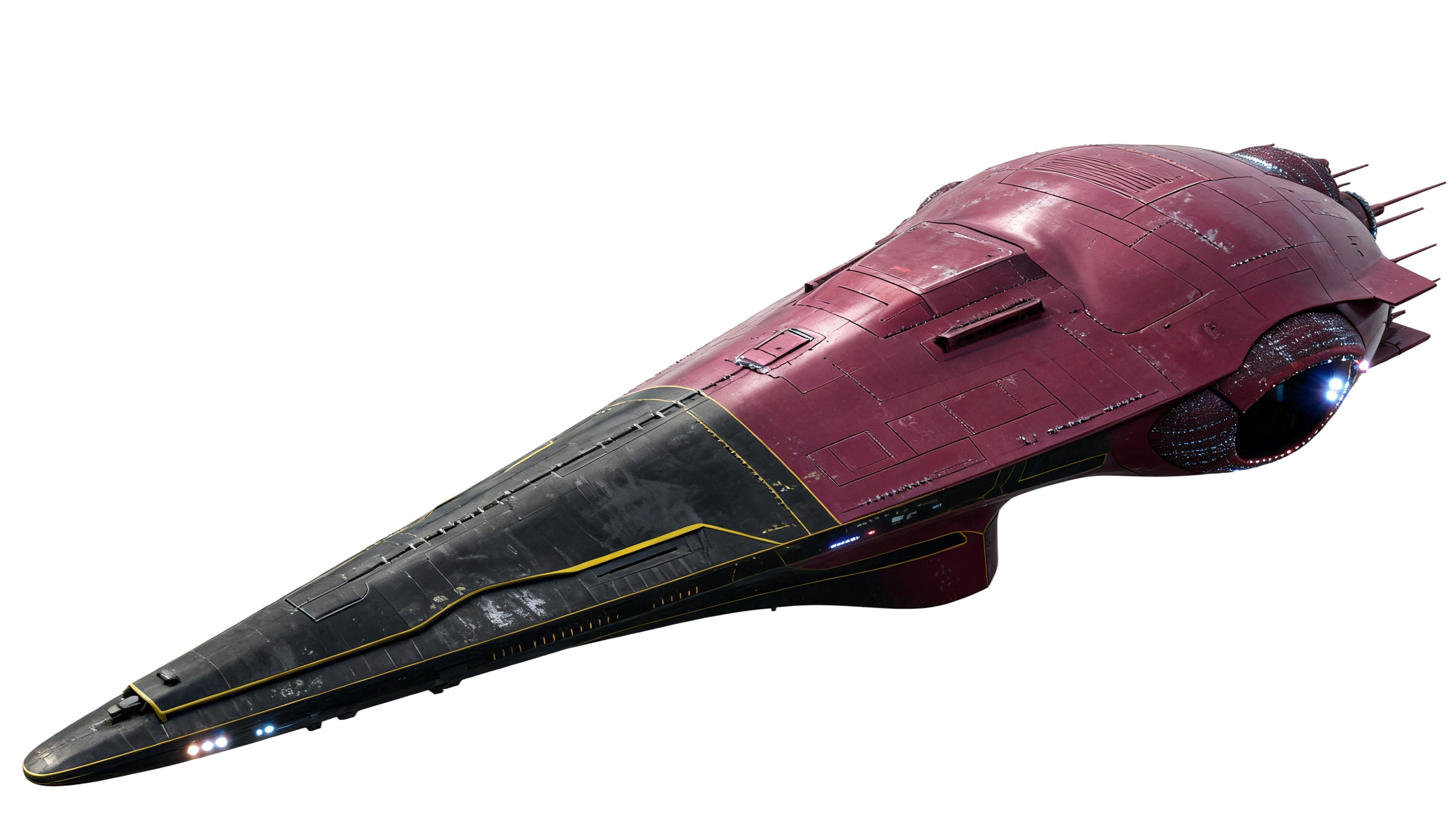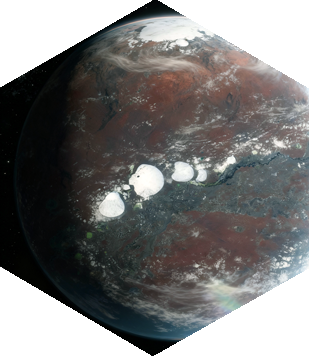Cetians
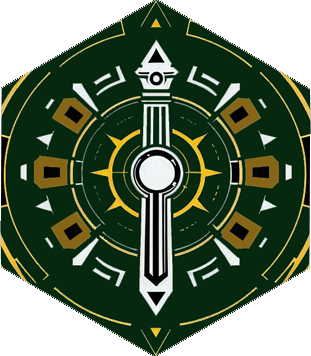
Identity & Homeworld
Species: Cetians — a parallel branch of Homo sapiens.
Homeworld: Cestisus (Pi Eridani system).
Phenotype: Strong resemblance to Near East/Eastern Mediterranean Terrans. The convergence has spurred debate among Terran scholars; shared ancestry or guided divergence remains unresolved in canon.
Cultural Foundations
Great Awakening → Second Age (Age of Expression): A pivotal cultural era catalyzing arts, philosophy, and civic renewal.
Ethos: Enum-we (“We are one”) — a unifying philosophy privileging cohesion, stewardship, and consensus over coercion.
Faith: Junis (monotheistic). Religion is distinct from the state but influential via clerical advisory roles.
Clans, Canud, and Planetary Governance
Primary social unit: Clan — there are 27 clan nations, each ruled by a Taros (King) or Tarsi (Queen) and advised by the Jaila (religious council). Off-world, clan identity often outranks family name.
Planetary government: The Canud (“Consortium”).
• Grand Taros/Tarsi: Elected from among the ruling monarchs by planet-wide vote; term up to 20 years.
• Balance of powers: The Canud coordinates inter-clan policy while preserving robust clan autonomy.
Core Canud Institutions:
• Authority — Planetary law and order.
• Cestus Orus — Finance and commerce policy; equitable resource allocation.
• Sial — Scientific research and technological development.
• Bastion — Planetary/space security and defense.
First Contact & The Krag Accord
First Contact: A Chinese survey vessel encountered a Cetian flotilla in the Krag system (early–mid 22nd century).
Treaty: The Krag Accord formalized diplomatic relations, technology exchange, and joint-settlement provisions.
Cetian contributions: Biotechnology, ecological/terraforming praxis, sustainable urbanism.
Terran contributions: Industrial scaling, metals, and logistics capacity.
Result: Rapid normalization and co-colonization templates (Krag as the emblematic hybrid world).
Expansion & Strategy
Prior to contact, expansion within Pi Eridani was deliberate. Proximity to a second human civilization accelerated timelines: within five years of the Accord, two adjacent systems were colonized and surveys initiated across many more. Expansion remains measured, sustainability-first, and clan-anchored.
Economy & Technology
Profile: Interdependent and strongly regulated through the Canud; resource equity via Cestus Orus.
Strengths:
• Biotechnology (bio-materials, adaptive agriculture, life-support ecosystems).
• Terraforming & eco-engineering (closed-loop systems, low-impact settlement).
• Architecture integrating living structures with landscape.
Trade with Terrans is complementary: Cetian biotech ↔ Terran metals/industrial throughput.
Security & Defense
Doctrine: Defensive, convoy-centric, deterrence-oriented — coordinated by Bastion.
Capabilities: Bio-integrated systems, adaptive logistics for long missions, disciplined fleet presence around Pi Eridani and the Krag frontier. Emphasis on border stability rather than power projection.
Law, Religion, and Civic Life
Authority upholds rule of law planet-wide; jurisprudence emphasizes equity and restorative balance consistent with Enum-we.
The Jaila advises monarchs, while the Canud maintains institutional separation but structured consultation.
Public life features frequent communal festivals tied to astronomical cycles and historic markers — vehicles for cohesion and artistic display.
Education & Research
Sial anchors a culture of continuous learning across sciences, arts, and philosophy. Research consortia partner with clans and craft guilds; output feeds sustainable urbanism and off-world ecology.
Environment & Colonies
Environmental stewardship is canonical: terraforming is paced to biospheric tolerance; colonies adopt low-impact, high-resilience patterns (green corridors, living infrastructure, local biocycles). Clan terrads (territorial domains) remain the economic/military substrate of off-world society.
Relations with the Omnium
Closed-border sovereignty is respected; there is no standing accord with the Anirans. Consortium policy is watchful neutrality — observe, avoid provocation, and prioritize Terran diplomacy through Krag-Accord frameworks for balance.
Diplomatic Philosophy
Cooperation-first with firm red lines around ecological harm and clan sovereignty. Within the Terran Core, Cetians often mediate disputes and model sustainability standards in interstellar governance.
Legacy & Trajectory
The Consortium remains the first trusted bridge between Terrans and another sapient civilization. Its measured expansion and consensus politics counterbalance rivalries in the Core. Continued leadership is expected in biotech, terraforming ethics, and hybrid colonial administration — especially where partners commit to Enum-we-aligned stewardship.
